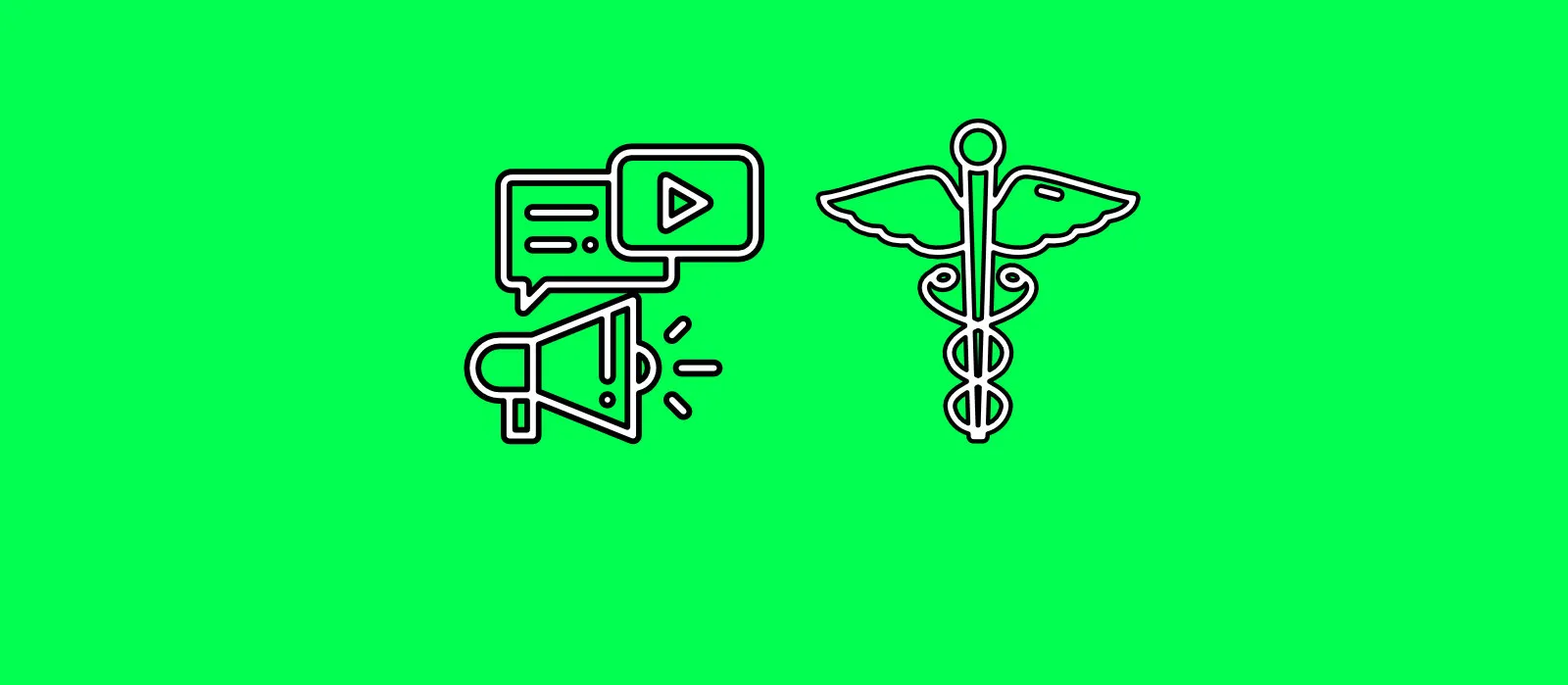If you’re looking to market your medical business, you’re in luck. This guide will be so valuable you’ll make hard copies out of it and hide them in multiple off-site locations.
All right, maybe we’re overselling it, but not really. We do believe this is the most comprehensive guide to help you generate an endless stream of patients/customers using only one or two of the strategies we’re going to discuss.
And today, I’ll walk you through some of the battle-tested marketing methods in healthcare. But most importantly, at the end of this guide, I’m going to let you in on an important “secret” that most medical businesses fail to recognize. So make sure to read the last section.
This article covers:
- What is a healthcare marketing
- Why is healthcare marketing important
- Top 23 healthcare marketing strategies
- The secret to seeing tantalizing results.
Let’s not waste time and dive right ahead.
What is healthcare marketing?
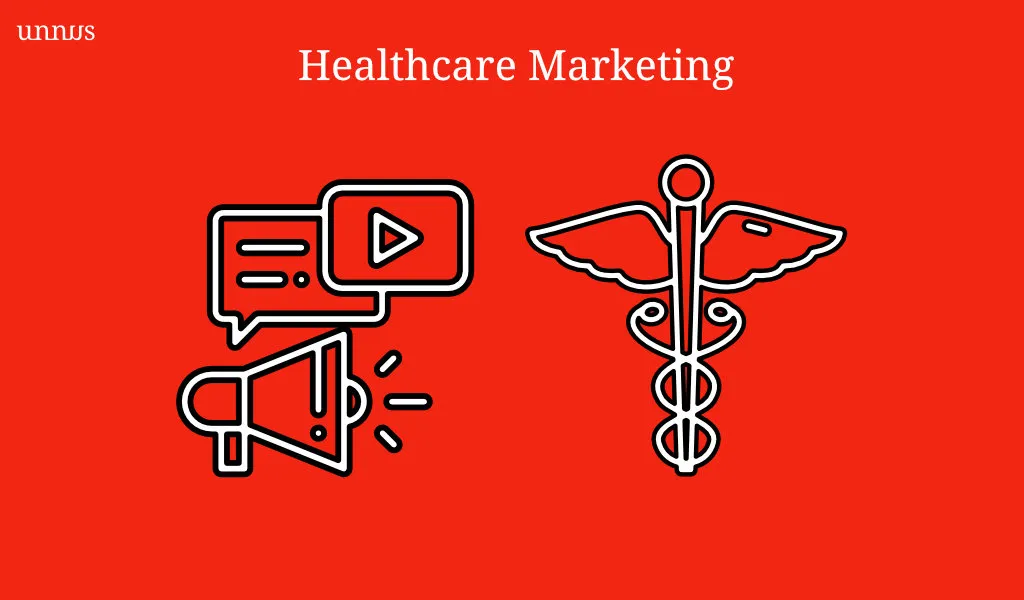
Healthcare marketing is the discipline of implementing promotional strategies to engage and attract a steady stream of patient flow to your medical facility. The main goal of marketing in the healthcare industry is to generate patients while building a strong medical brand name for your business.
The main difference between healthcare marketing and marketing in other industries lies in the implementation of certain marketing strategies. Some tactics won’t work in healthcare due to the complex regulations.
Why is healthcare marketing important?
Marketing your medical business comes with endless benefits. Many of which are steady cash-flow, strong brand recognition, increased patient retention, and exponential growth for your brand.
The importance of marketing in healthcare can’t be overstated. It is the lifeblood of your brand that allows it to grow and achieve more people. The stronger your marketing, the larger your patient-base and the higher the number of people you’ll impact and heal.
Careers in healthcare beckon for more than just clinical mastery; they crave a blend of sharp strategy and proactive thinking. It’s about more than healing hands; it’s cultivating a steady stream of patients, nurturing a robust and enduring practice.
Top healthcare marketing strategies
Now we know the importance of marketing, let’s dive into some of the strategies to market your healthcare brand.
1) Branding: Your marketing is as good as the brand behind it
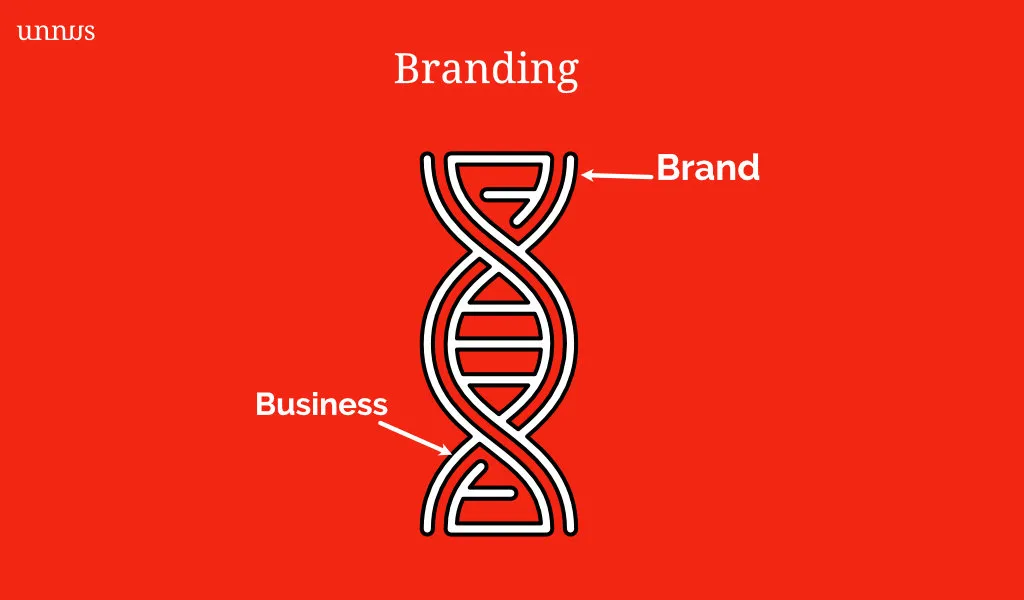
An easy mistake to make is going straight into marketing without building the foundation for it, your brand.
A common misconception is that by building brand awareness (being known by many) you can form a “brand”. However, being “well-known” is partial to what makes up a brand. You can be popular, but brandless-ly so.
Building your healthcare brand is about being razor-sharp clear on what your brand does differently and how it can create an unforgettable patient experience. It’s about building the architecture from which the marketing can start to thrive.
Think of your branding as the DNA of your medical practice. It’s the glue that holds the business together and provides your patients with reasons on why they should choose you over the others.
Not only that, but branding can increase your brand preference (BP). Which is a cognitive judgment a patient makes regarding your brand.
It measures to which extent purchasing decisions are made based on the attachment and loyalty to your brand rather than the price, convenience, or regardless of the alternatives.
If you’d like to know the actionable step-by-step process to building a healthcare brand, check out our free healthcare branding guide.
2) Positioning: To blend in or to differentiate
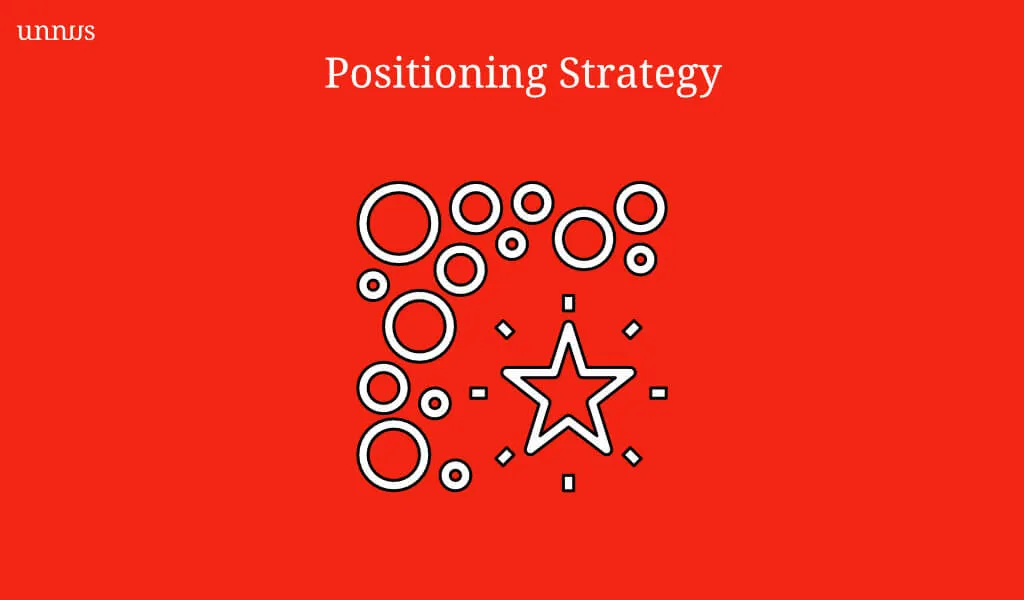
In an age where the patient choice is expanding rapidly, where people are time-poor and information-rich; Where everyone is fist-fighting for your patient’s short attention, not differentiating your medical business is the same as being invisible.
For the first time in history, competition does not come from your direct competitors, indeed, but from the market clutter.
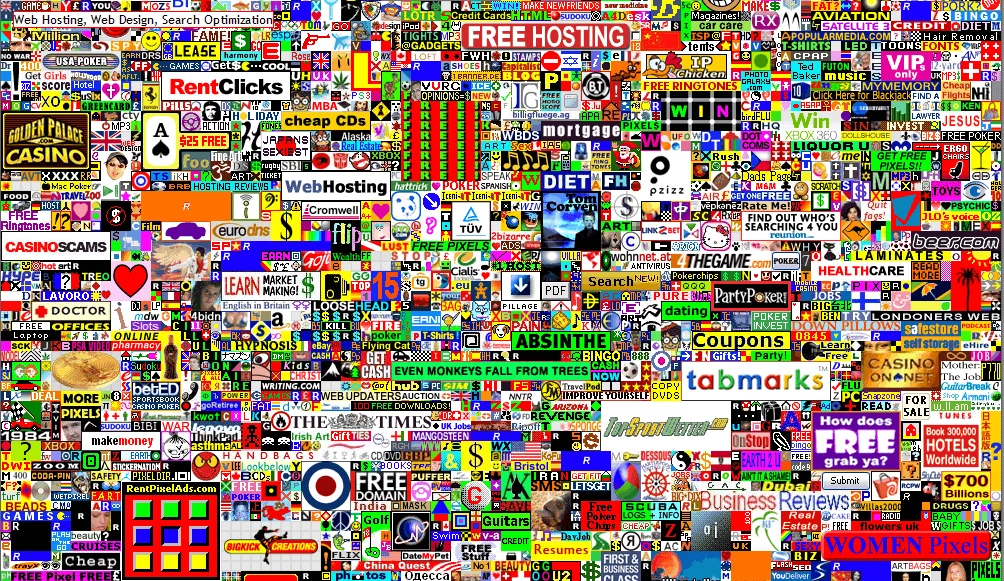
According to research done by Red Crown Marketing agency, It is estimated that the average person encounters between 6,000 to 10,000 ads daily. All from the same sounding brands, providing the same sounding offers with the same sounding voice.
This rushing flood of me-too brands forces our brains to deal with this clutter the best way it knows how—by blocking most of it out. And what’s left is the interesting, the inspiring, and the different.
Differentiation works because our cognitive system works. Our brains, to protect us from this vast amount of irrelevant information, learn to distinguish between the “lookalike” and the unique.
This way we only pay attention to what’s valuable and we don’t have to waste our time hearing the same marketing messages over and over.
And this is where positioning comes into play.
Positioning is where your care service stands in relation to others offering similar services. It’s about finding your unique differentiator and highlighting it across all of your touchpoints.
A positioning strategy aims to differentiate your medical brand and highlight the only thing your brand can do that others can’t easily claim or mimic.
A good exercise to know if your medical business is differentiated enough is the onliness (onlyness) statement exercise.
Finish the following sentence: Our [brand/offering] Is The Only [Category] That [Benefit/differentiator]
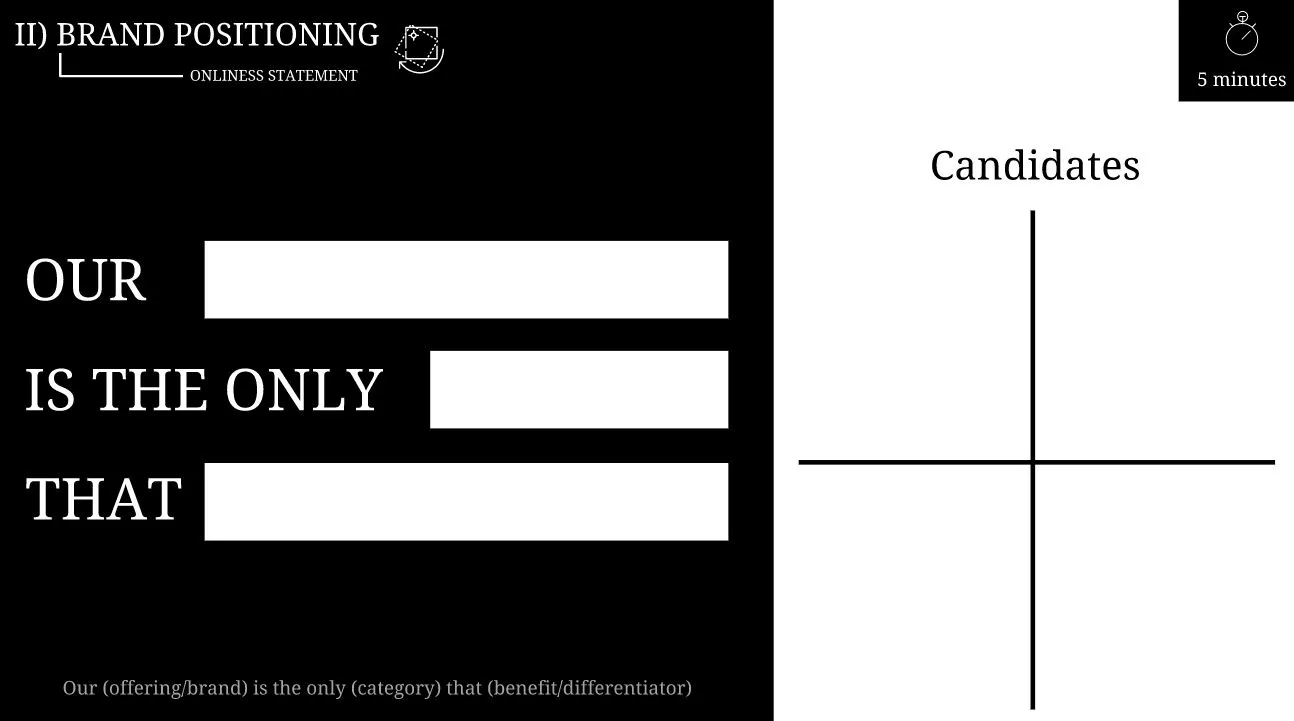
In the first column is your brand or offer. In the second one, you put your category e.g.: cosmetic service, care-center. And in the last one, you put your key differentiator or benefit.
Here’s an example of well-positioned medical brands:
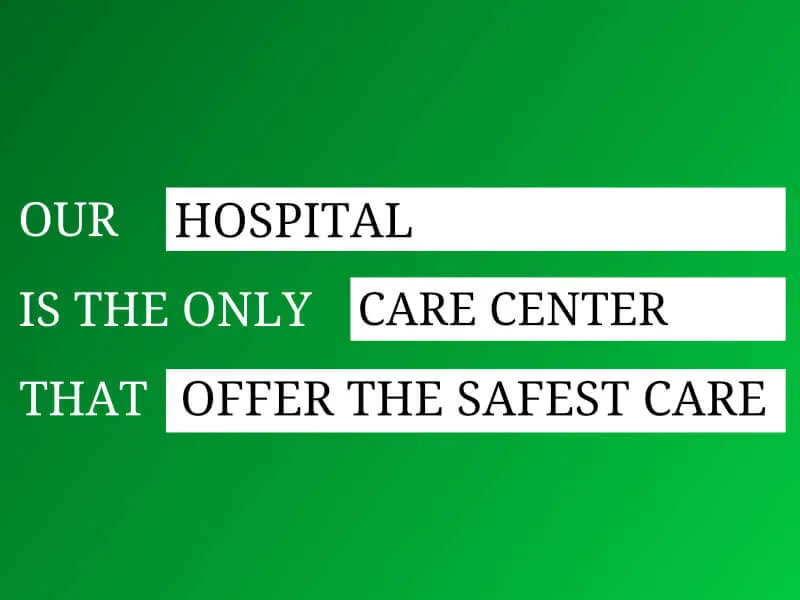
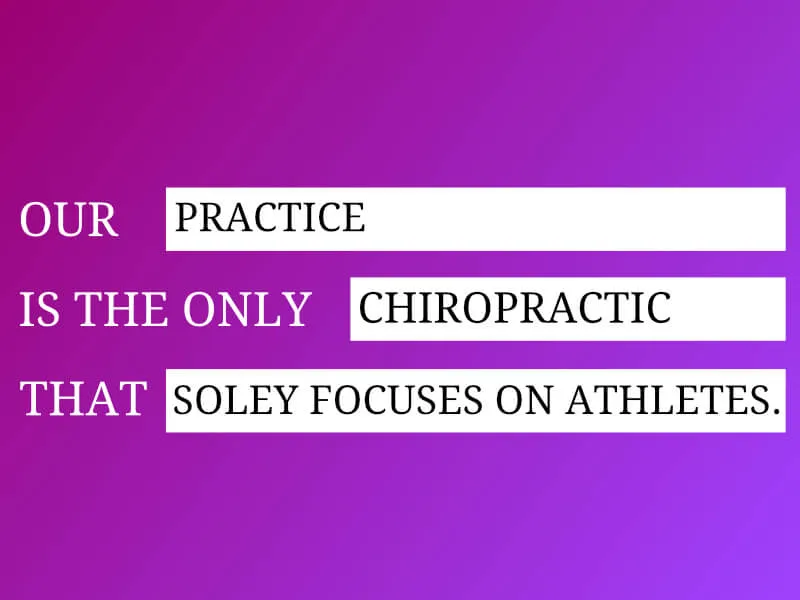
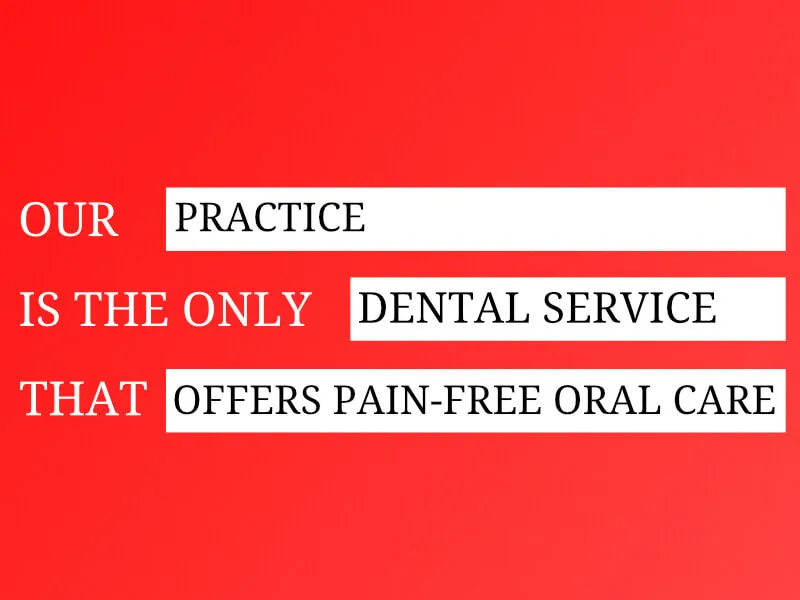
If you’d like to know more about the step-by-step process of building a differentiation strategy, check our free chiropractic marketing guide where we implemented a positioning exercise on chiropractic practice. It should be the same process for any medical business.
3) Storytelling: How can your healthcare marketing tell stories?
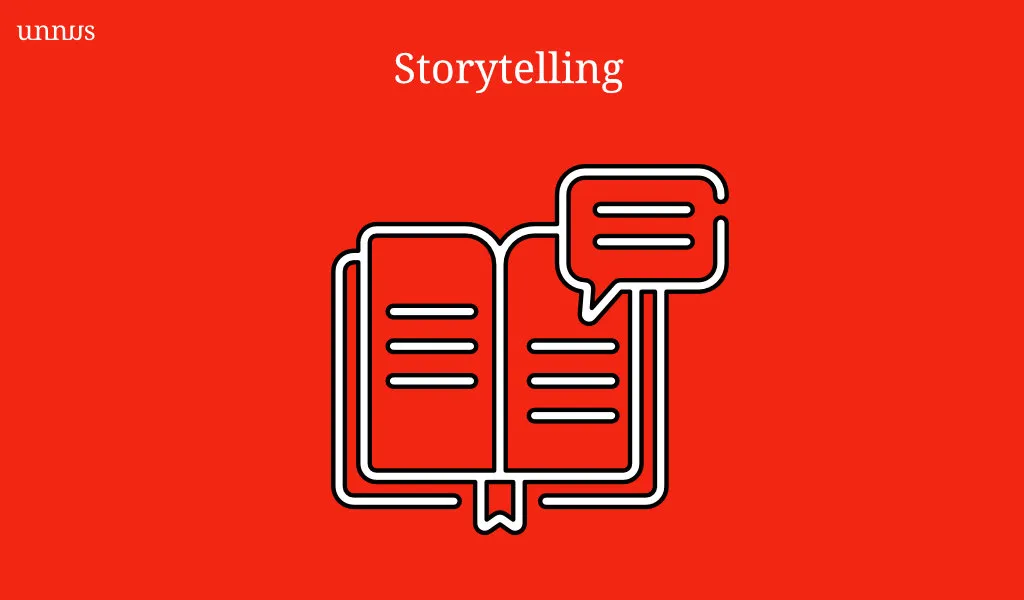
According to the research done by Headstream agency, great stories created purchase intent in 55 % of surveyed consumers. Furthermore, Cognitive psychologist Jerome Bruner suggests that messages delivered as stories can be up to 22 times more memorable than just facts.
Why is that? Well, stories stir your would-be patients' emotions, inspire them to take action, and send trust signals about your medical brand. Stories can shrink the “psychic distance” between you and patients, making room for strong relationships and loyalty to develop.
To illustrate the critical part of storytelling marketing, let’s see how our brain deals with marketing messages.
When your healthcare marketing tells stories, your audience will perceive your messages by the limbic system, the part of the brain that’s responsible for emotions and trust responses.
Conversely, if your messages contain a plethora of facts and data-driven approaches, they’ll be perceived by the neocortex, the part of the brain responsible for logical thinking.
Marketing that’s processed in the limbic system will be 10x effective than that which is perceived by the neocortex. And according to Harvard professor Gerald Zaltman, the reason for this is because 95% of our buying decisions are made by our emotions and processed in our reptilian brain (the limbic).
The first kind of marketing message is called What Messages (WM). Which are messages that are descriptive of your medical business’s features and benefits.
Examples of such messages are:
- “State of the art medical equipment.”
- “Data-driven approach to healthcare.”
- “Complete care suite of services.”
- “Cutting edge healthcare technology.”
- “Affordable healthcare costs.”
The problem with the above communication method is that it assumes that patients choose medical providers based on rationality and assessment of features, which is simply wrong.
Again buying decisions in such serious matters as our health are not rational. No one would choose a provider they don’t trust, even if they have the fanciest medical tech stack or cheapest practice in town.
On the other hand, the second kind of message is called Why Messages (WYM). which are messages that tell stories and the Why or the purpose behind your brand.
These messages are more effective because they’re emotionally-infused and build trust between your brand and the patient-base
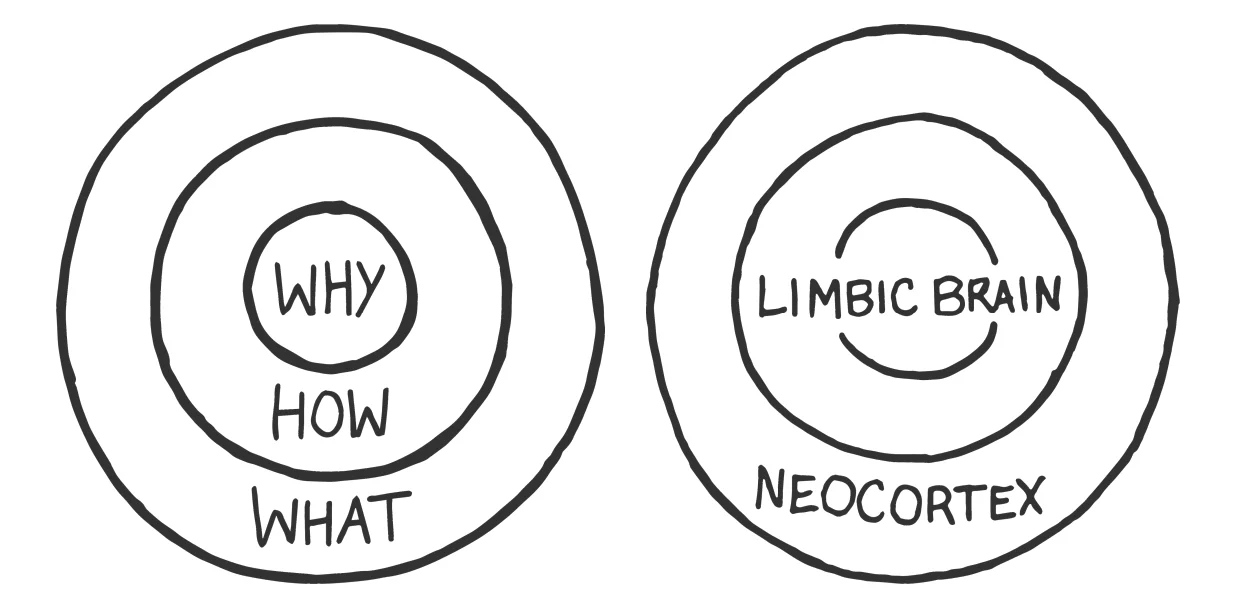
If you’d like to know exactly the step-by-step process of how brand storytelling marketing works, check our guide where we demonstrate a practical example of storytelling marketing for a medical device company.
4) Brand Persona: does your marketing communications have a unique voice?
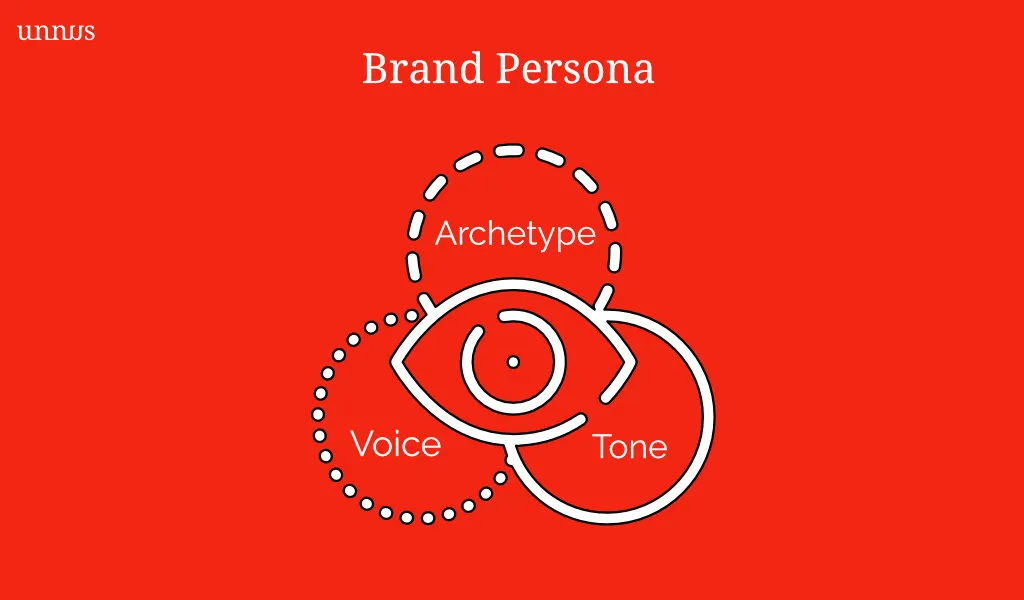
When was the last time you were excited about a healthcare marketing ad? I’ll assume it’s been a while. That’s because most marketing nowadays is derivative of each other. The same “best in class care” pitch is repeated endlessly.
If your communication is dry, monotonous, and dull, it’s not going to resonate with your target patient and will hardly result in a fruitful marketing campaign for your care service/product.
But what if your messages are perceived straight into people’s brains without distortion, noise, or the need to think too much about it? What if your marketing can be 10x effective and resonate with your ideal patient on a deep level? What if your healthcare brand had the uncanny ability to create cult-like patient loyalty and increase their engagement?
This is where Brand Persona Development comes in.
Brand Persona is about crafting human-like personality traits for your medical business and infusing them across all of your marketing communication and touchpoints.
The goal of this strategy is to create a unique brand voice to your communication with patients to achieve a deep connection with them.
Brand voice is the tone and language used when communicating your brand’s message, ads, marketing, website copy, or when talking with your patient. The tone of voice should reflect your brand’s personality and should be appealing to your target patient.
A good example of brand voice is one of our clients, Healthier , community hospital. Healthier is positioned as the safest hospital in town.
Healthier wanted to break the stereotype of strict and rigid hospital communication with a fun, humorous voice. Their marketing voice is soft-spoken, clever, and spirited:
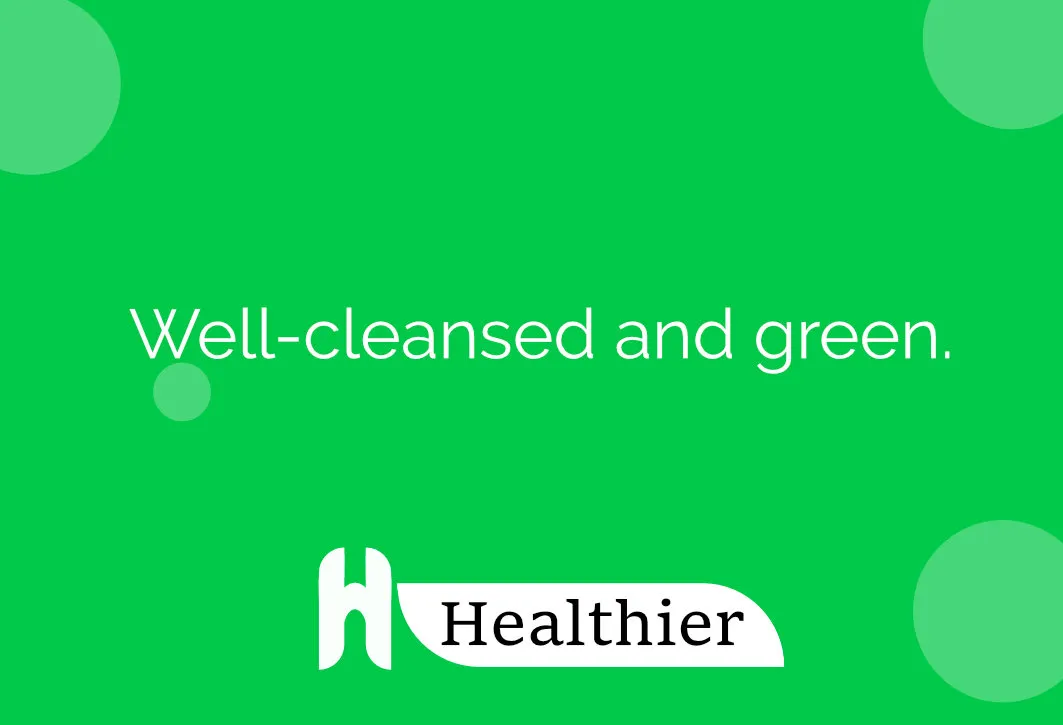
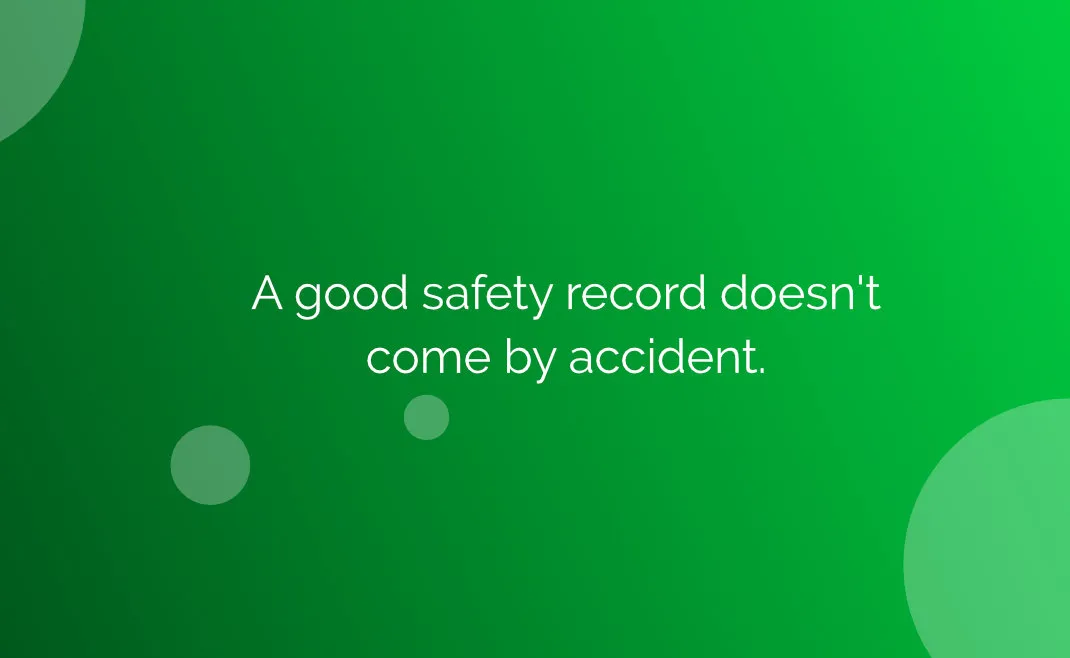

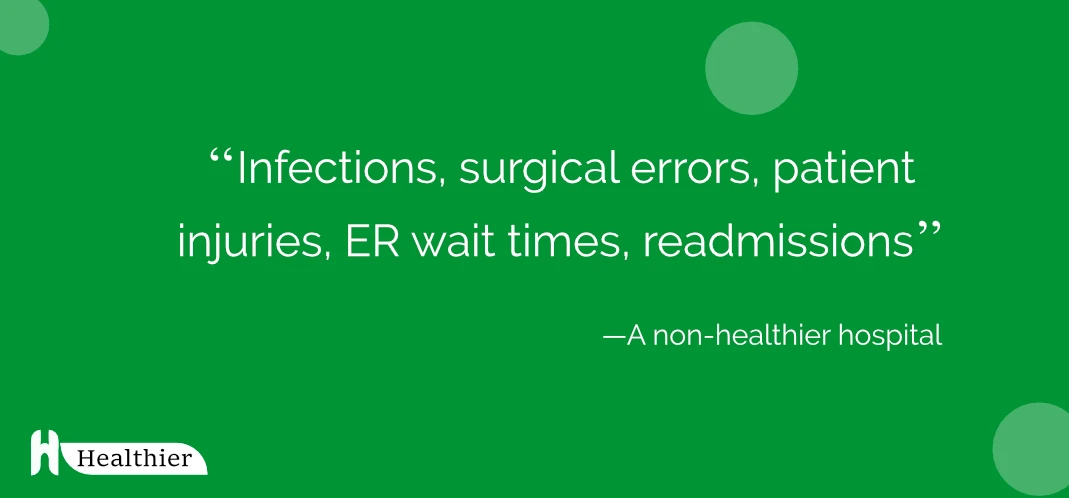
What differentiates Healthier’s marketing was its unique way of communicating. It’s effective because it claims a voice that resonates deeply with the safety-minded people and its target community.
5) Develop a healthcare marketing plan
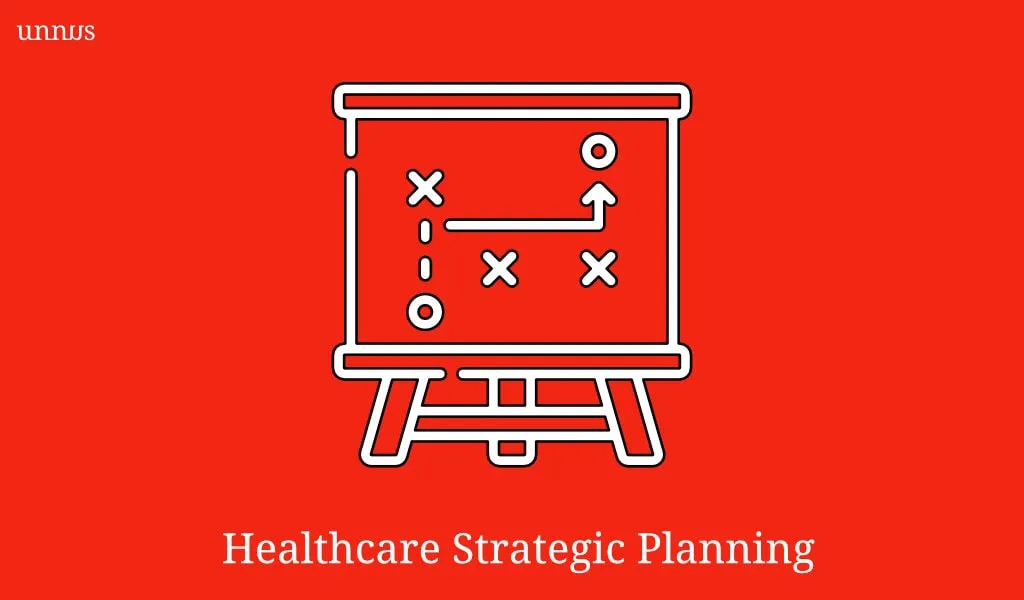
Without a concrete plan, your marketing efforts run the risk of being inconsistent, ad hoc, or inefficient. To combat that, a strategic marketing plan should be a priority before marketing.
I’ll share with you two strategies we’ve successfully used with our clients to ensure bulletproof results for their marketing.
#~Utilize Patient Journey Maps

A Patient Journey Mapping (PJM) is the act of tracking, optimizing, and enhancing all of the events that happen during the patient experience. Think of it as creating a map to the whole patient journey and proactively looking for hidden issues across all of your touchpoints.
The power of this strategy is that it lets you overhaul all of your marketing channels and ensure consistency in your messaging. Moreover, it lets you spot the hard-to-pinpoint shortcomings of your marketing and resolve these issues before it’s too late.
Patient Journey Maps also provide you with a bird’s eye view of every aspect of your medical business, allowing you to personalize your marketing each step of the way.
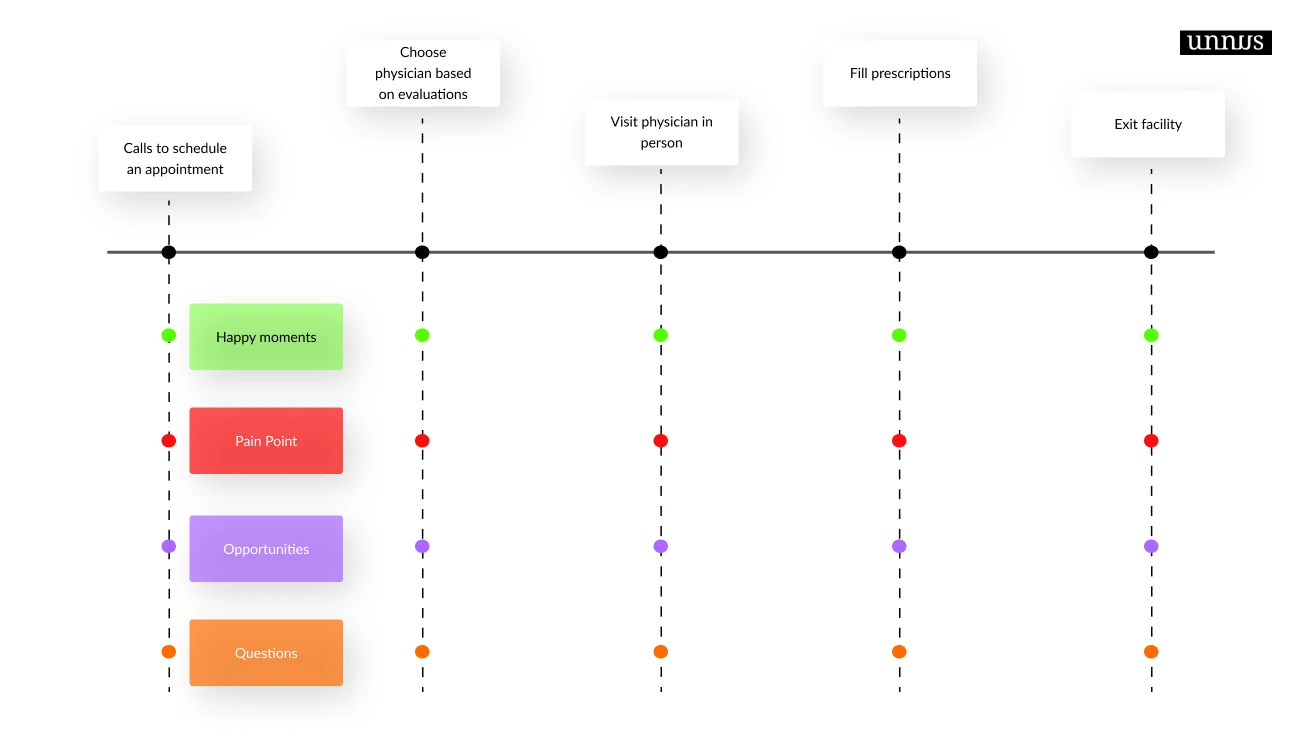
If you’d like to know the exact process of implementing this plan, visit our guide to patient journey mapping .
#~Use SWOT Analysis Planning
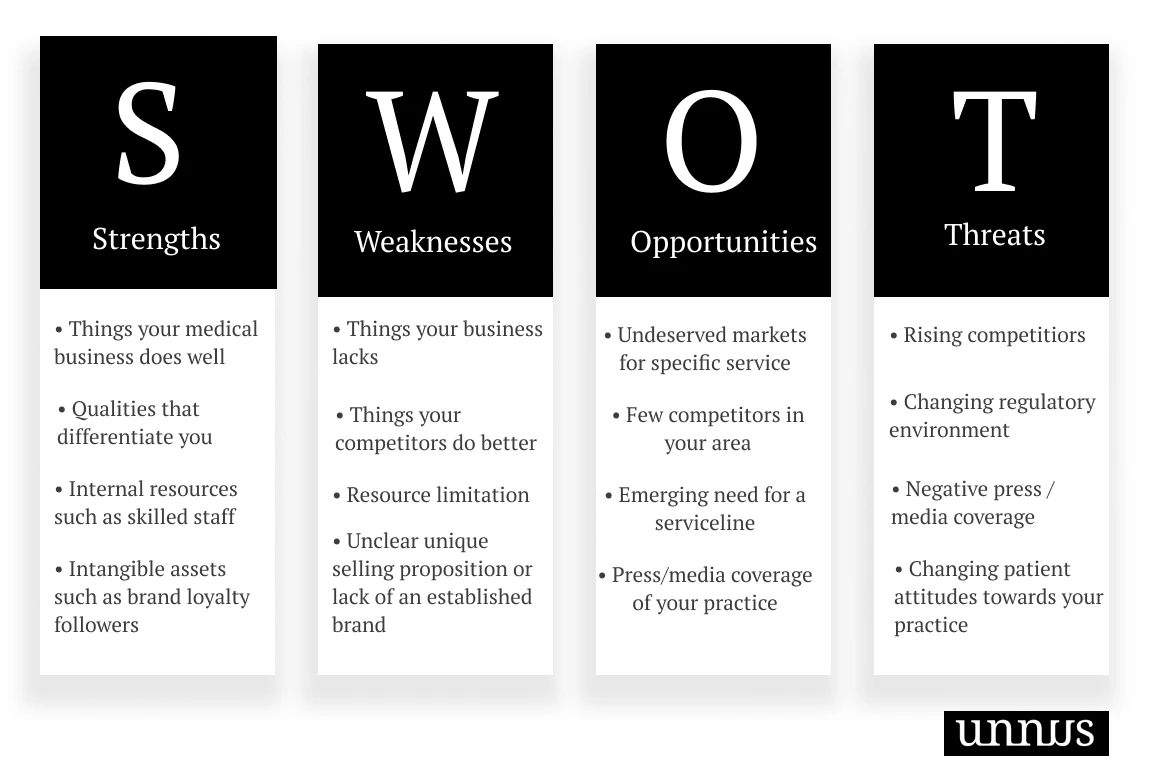
Being short-sighted when it comes to future decisions is the fast lane to a crumbling marketing strategy. It is critical to assess important aspects of your business before you start marketing it.
SWOT Analysis is a planning technique used to define your healthcare organization’s (or practice’s) Strengths, Weaknesses, Opportunities, and Threats in the competitive landscape.
This strategy lets us uncover untapped opportunities in your market and take advantage of the unmet needs the patients might have. It also arms you against future obstacles and threats you might be facing.
For more examples and a detailed explanation of this planning technique, check our guide on SWOT Analysis in healthcare .
6) Healthcare SEO Strategy
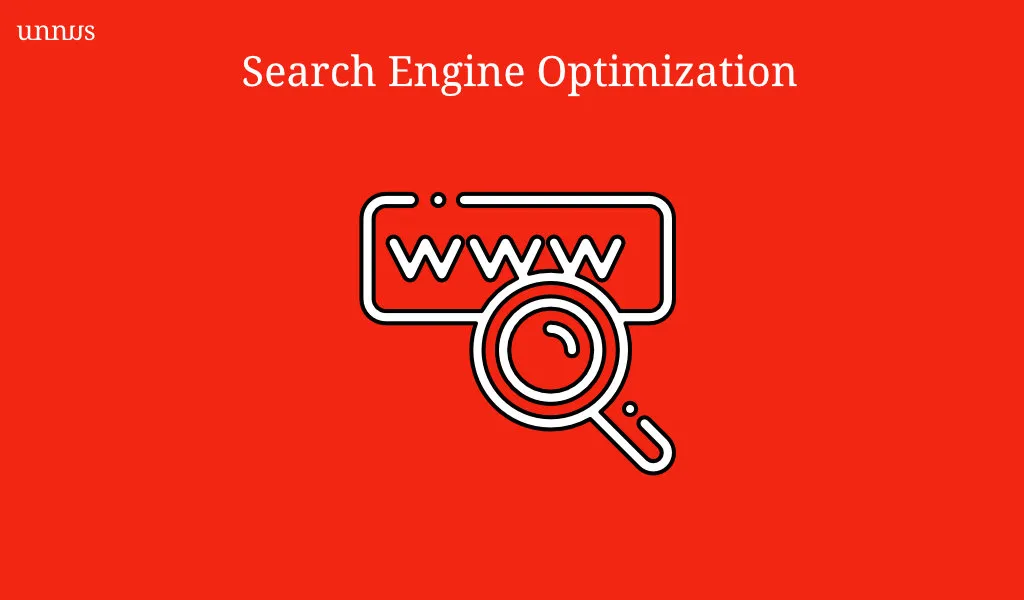
According to Pew Research Center, 83% of adult internet users look online for health information before visiting the care facility.
This is an unmissed opportunity for your medical brand to have a strong online presence where you can share tips on health-related topics and gain a competitive edge for your practice.
Search Engine Optimization (SEO) is a marketing strategy that aims at ranking your website #1 on Google for patients’ queries. Ranking high on the search result will attract a passive stream of patients to your website where they can book an appointment with you.
A great example of this strategy is Orthodontics Limited. They are ranking high on Google search for queries like “Causes of bad breath and “how to use rubber bands for braces”. And As a result, their practice website gains massive amounts of traffic each month.

That’s roughly 113,000 monthly visitors and potential patients.
7) Local SEO
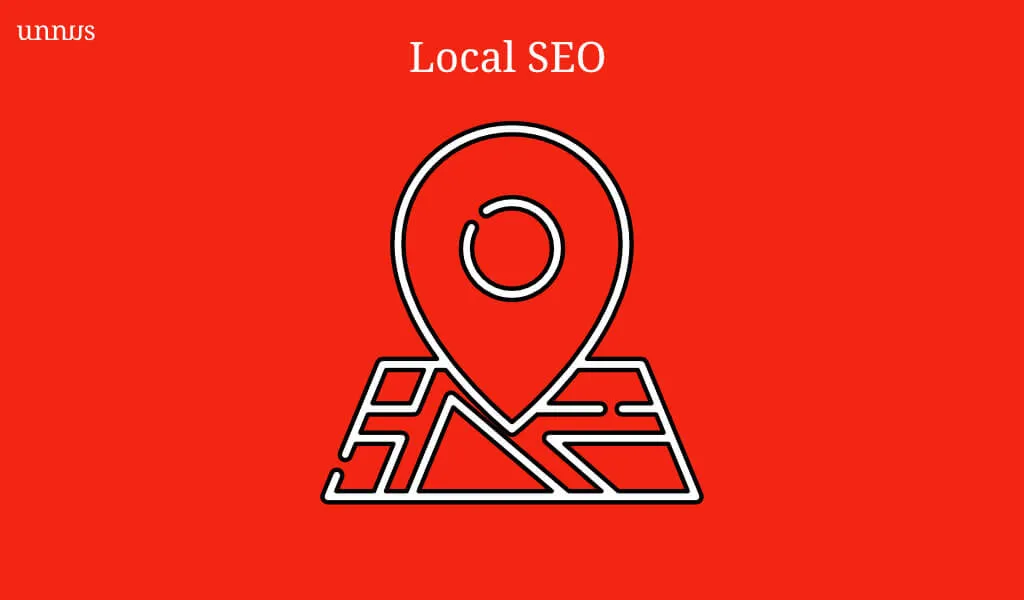
While traditional SEO focuses on improving your site’s visibility in search results on a global scale, local SEO focuses on local search territory to connect with searchers in your area. It’s about optimizing your website to be seen by your community.
The advantage of local SEO is that your website visitors are more likely to be familiar with your brand and visit your local care facility. It also helps your medical business to be found by the right patients (those interested in your care service in their local area) at the right time (when they’re actively searching for a care provider like yours).
If you’d like to be on top of mind in your community online, local SEO is a must.
8) Google Adwords
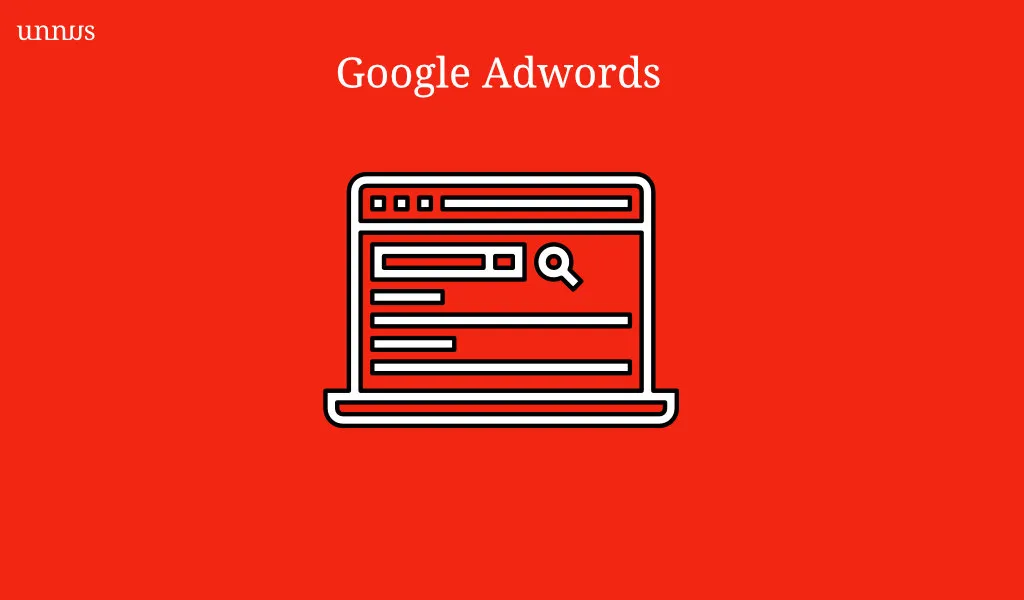
Imagine someone searching for “Family doctor near me” or a similar search, and your website booking page appears on the top results along with directions to your office?
That’s exactly what PPC is for.
It’s an auction-based platform where advertisers bid on their website to appear #1 in the search result. And when someone clicks on your website, you pay an amount of $ for that click. This is why it’s sometimes called Pay Per Click (PPC).
Here’s an example of orthodontic advertising campaign:
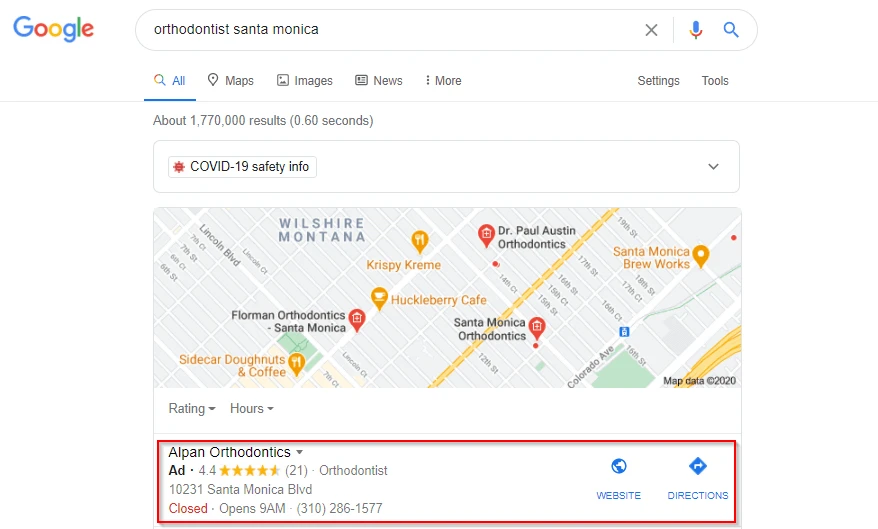
The great news about this strategy is that it’s ridiculously cheaper than other forms of advertising such as TV/Print. And unlike SEO, which might take some time to yield the results, Google Adwords is a significantly faster strategy.
9) Video content marketing
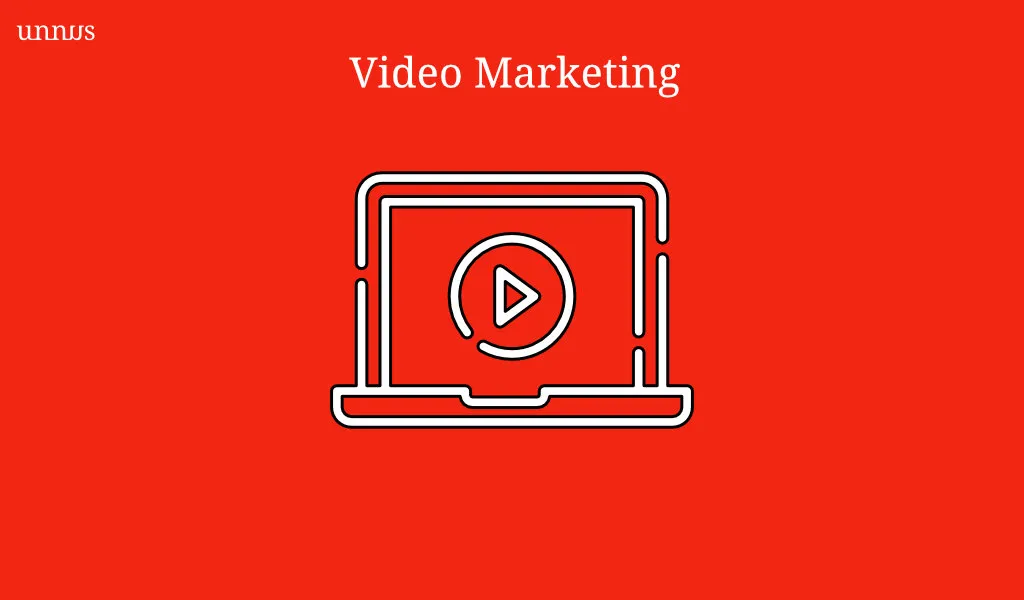
According to research done by insivia consulting agency, people retain 95% of a message when they watch it in a video, compared to 10% when reading it in text. These stats show huge advantages when it comes to marketing your medical business using video content rather than written text.
Video content marketing is a strategy that aims at attracting patients to your medical business using helpful video content across social media and other video platforms.
And by consistently producing valuable videos, you start to gain traction from your ideal patient and establish your medical brand as an authority in the field.
A great example of video marketing comes from Orlando health , publishing useful content on Youtube to better educate and inform the patient about their brand.
10) Healthcare email marketing
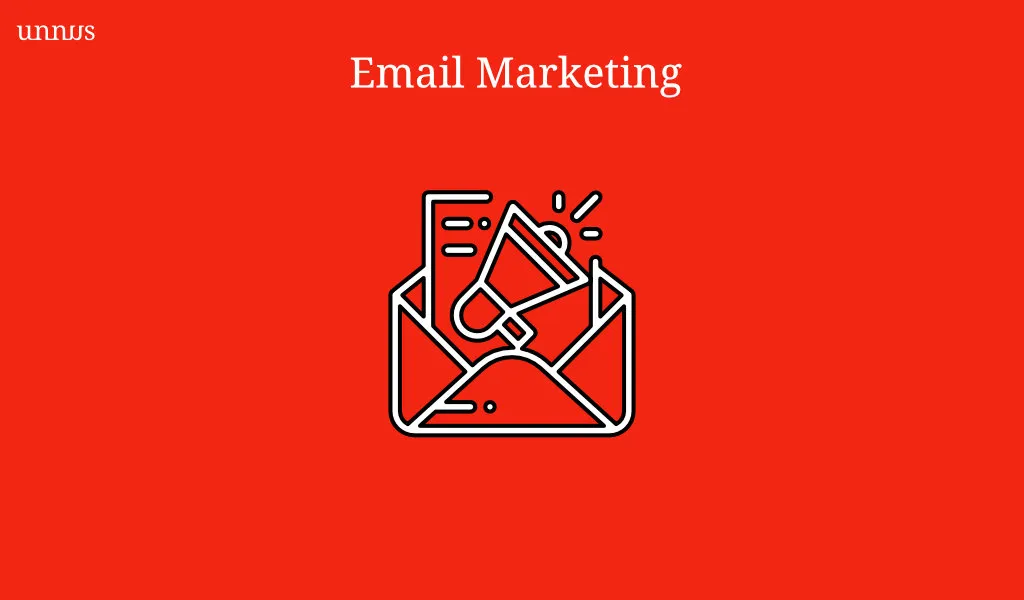
The average ROI for email marketing was $42 for every dollar spent, based on recent research by the DMA organization. That’s a staggering 4100% return on investment. This alone makes email hands-down one of the best channels to attract consistent patient flow to your practice/hospital.
Let’s see how email can skyrocket patient volume and bring your ideal patients to your doorsteps.
#~First, establishing Sales Funnel Strategy
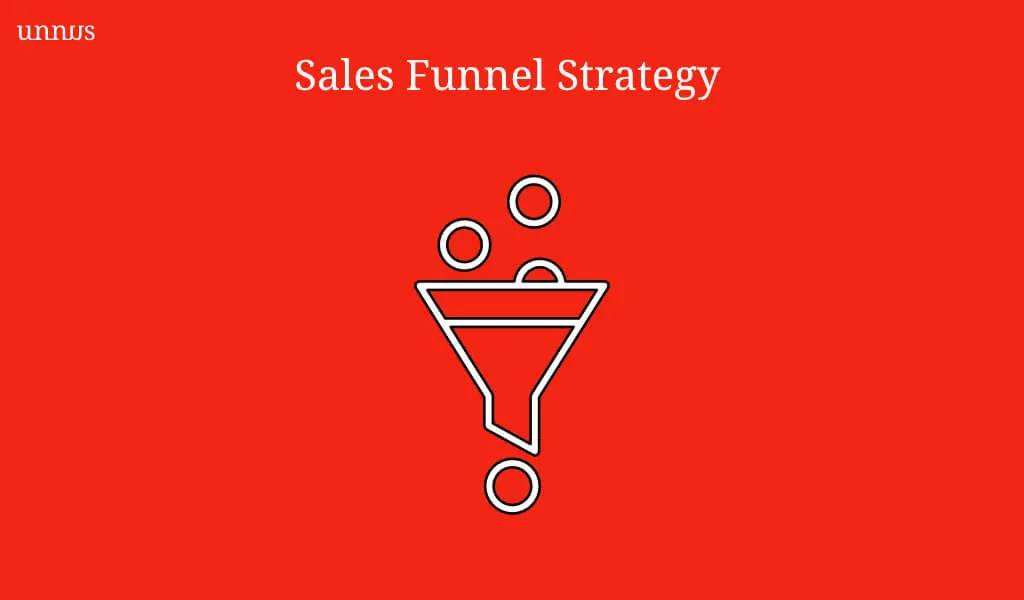
Sales funnels are a marketing model that tracks down the purchase journey patients go through from the first time they are aware of your brand (awareness stage) up until they convert as a patient (purchase stage).
This model has 4 stages
- Awareness Stage
- When a potential patient knows about your healthcare brand
- Interest Stage
- When potential patients are interested in your content (e,g: emails, blog articles , or videos)
- Evaluation Stage
- When potential patients are evaluating their options/choices
- Purchase Stage
- When prospects become regular patients after booking an appointment
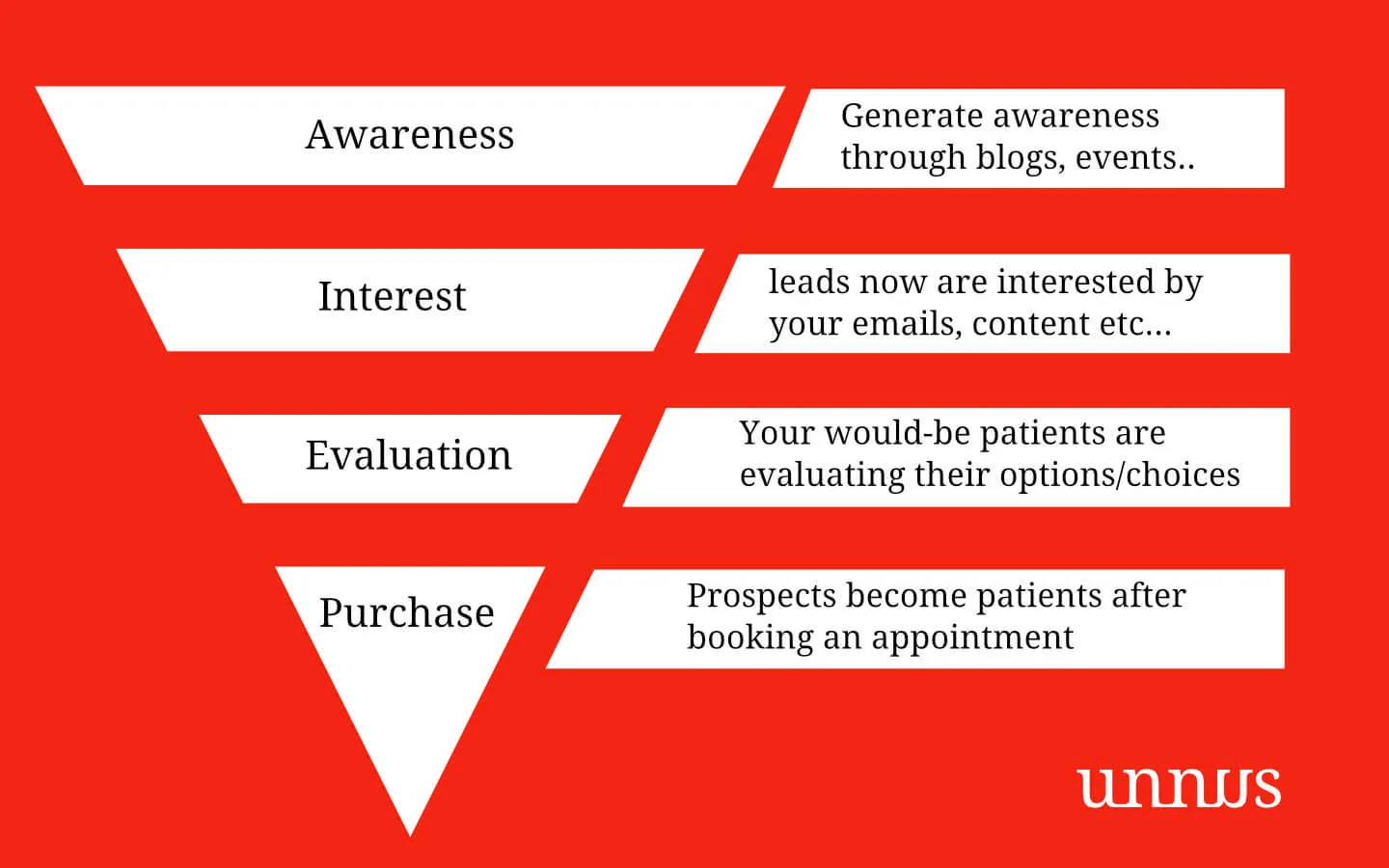
Now that we know how the sales funnel works, let’s see it in action with email marketing.
#~Second, incorporating sales funnel with a mail automation strategy
Email automation revolves around creating and sending a premade sequence of emails to your subscribers in form of health lessons.
The premise is that your potential patients will sign up for your free email series from your website and start receiving automated emails.
These emails are then delivered as lessons. Each lesson holds valuable exercise or useful tips about their health-issues.
After your subscribers finish your course, they’ll receive an email pitch that directs them to your online booking page to book an appointment with your care facility.
At this point, you helped them with useful information and built trust with them. So they will be more receptive to your bigger offer (one-on-one care service).
Here’s an illustration that shows how would-be patients go through this email funnel stage by stage:
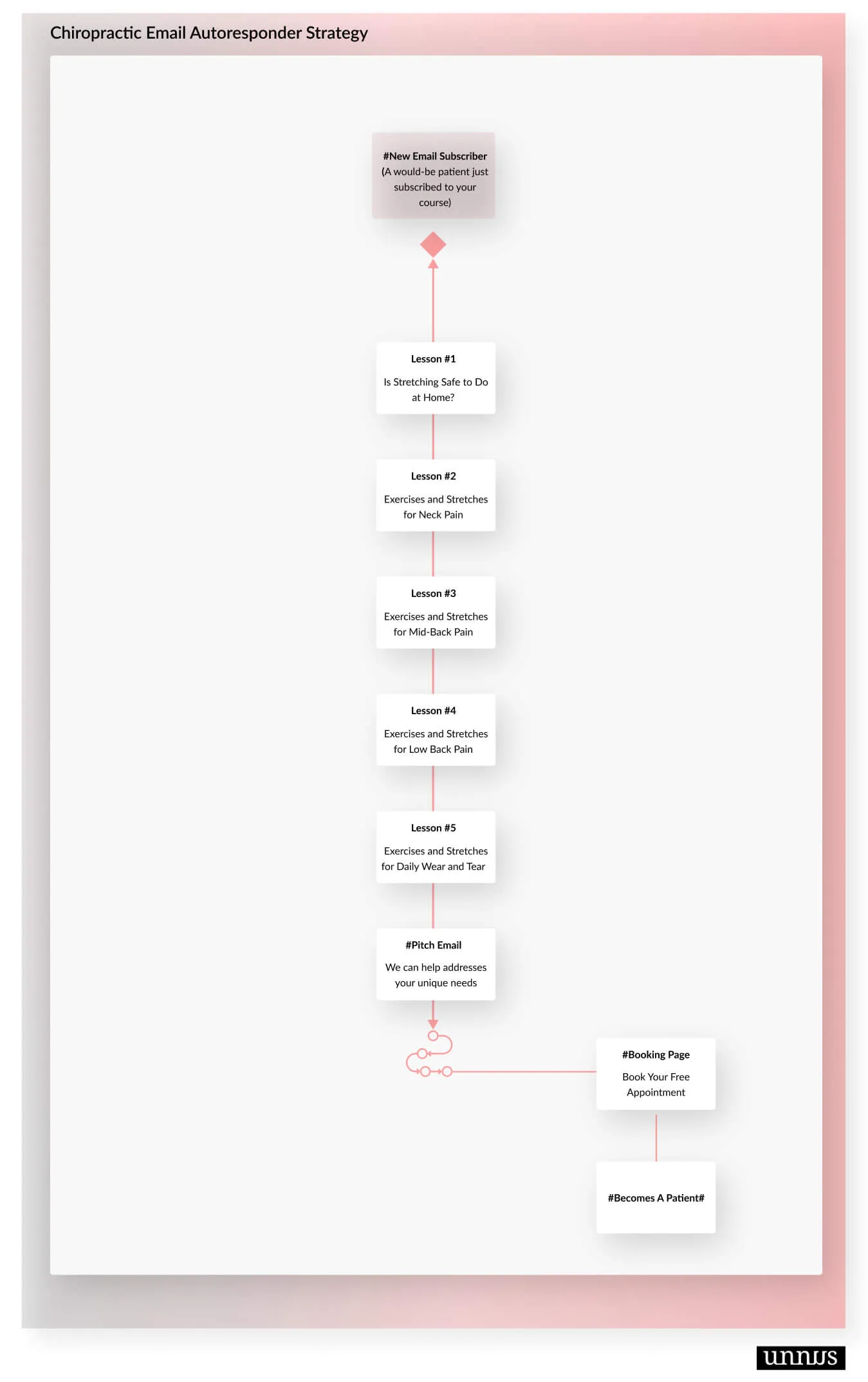
The advantage of this model lies within its automation aspect. This email funnel will work for your business 24/7 and passively acquire patients on autopilot.
11) Healthcare Social Media Marketing
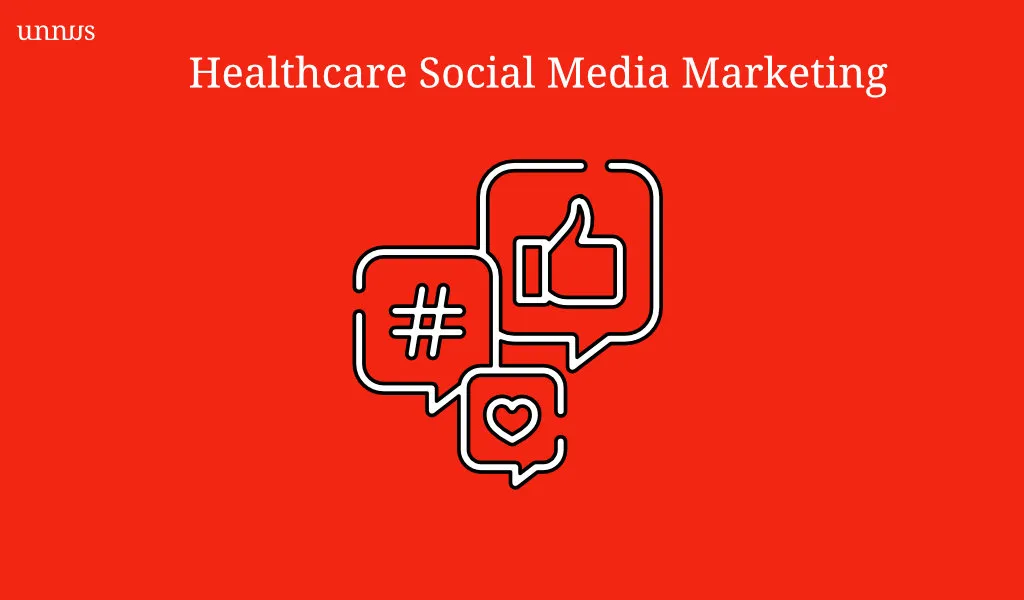
According to research by the demi cooper agency, 41% of people said social media would affect their choice of a specific doctor, hospital, or medical facility. And 60% of social media users are most likely to trust social media posts and activity by doctors over any other group.
Not only that, but social media can be a marketing channel used to drive patients to your clinic. By interacting with your target patients online, you already build rapport before they even step in your doors.
People are looking at your social media videos, your stories, and your photos and they’re already liking you before they even come in to see you. It’s like building virtual trust that will lubricate the upcoming one-on-one interactions
― Dr. Tiffani Long, Epic Dental Arts
Being on social media for medical brands carries with it competitive advantages for your practice. To name a few:
- It familiarizes your would-be patients with how you run your business and build trust from the get-go.
- It makes your brand more approachable and gives it a modern feel.
- It keeps your brand on top of mind and provides your patients with constant reminders of your services
- Being on social media helps retain more of your existing patient base and nurture the relationship between them and your brand.
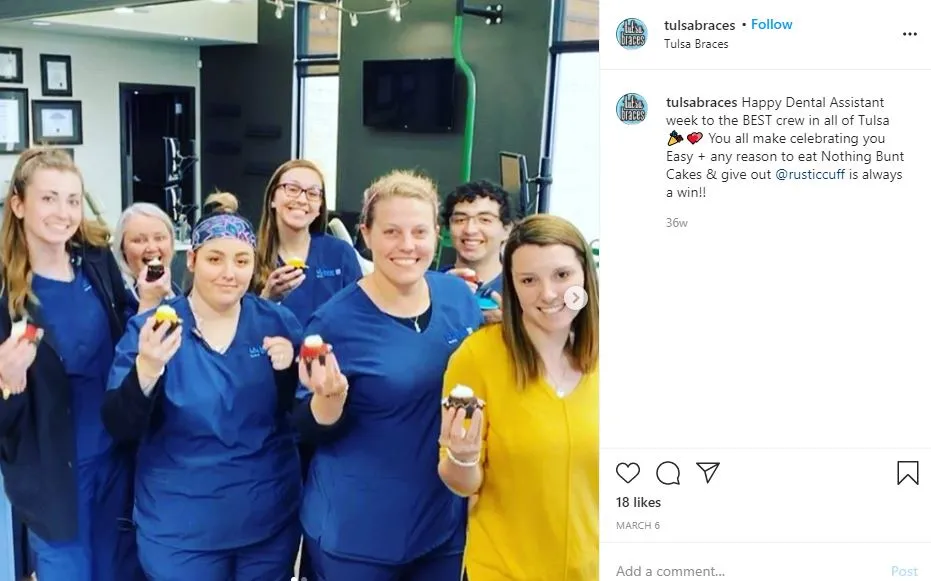
12) Attract patients With Social Media Targeted Ads
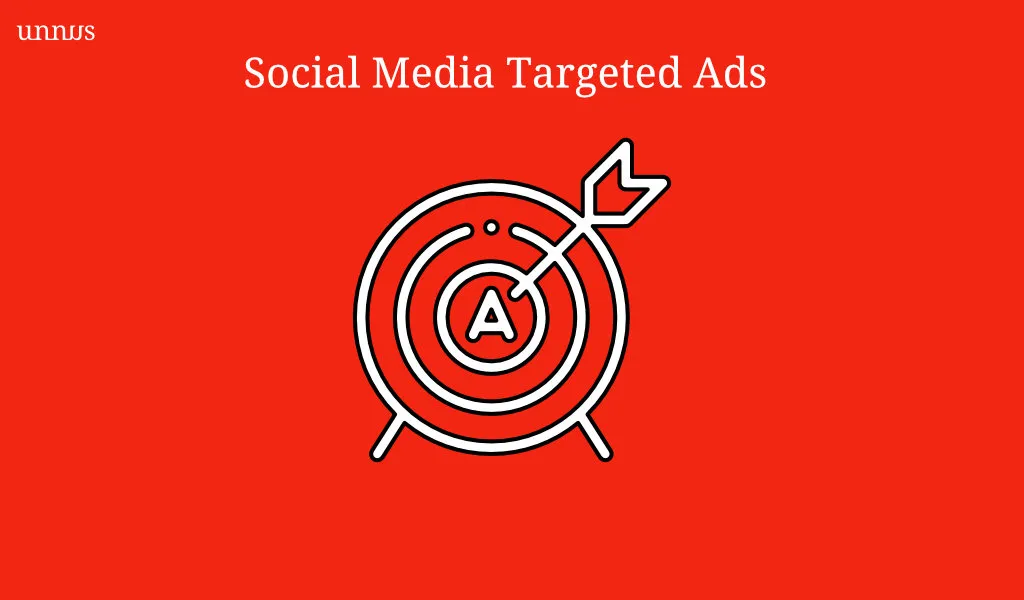
Imagine having the ability to reach your ideal patient, that needs the exact care service your facility provides? This is exactly what social media ads are for. They provide you with unmatched features to reach your ideal cases and convert them into patients.
And like Google Adwords, this method is cost-effective and result-driven. Especially if you’re new and want to quickly drive patients to your practice.
A great platform for this is Facebook Ads. It allows you to run ad campaigns targeted to users based on their location, demographic, and profile information. These ads, if done correctly, you’re going to get an instant ROI from your campaigns.
A good example of this is Englewood Dental Practice based in New Jersey. They were able to get 43X ROI on their ad spend with 70 new implant cases just in 1 month.
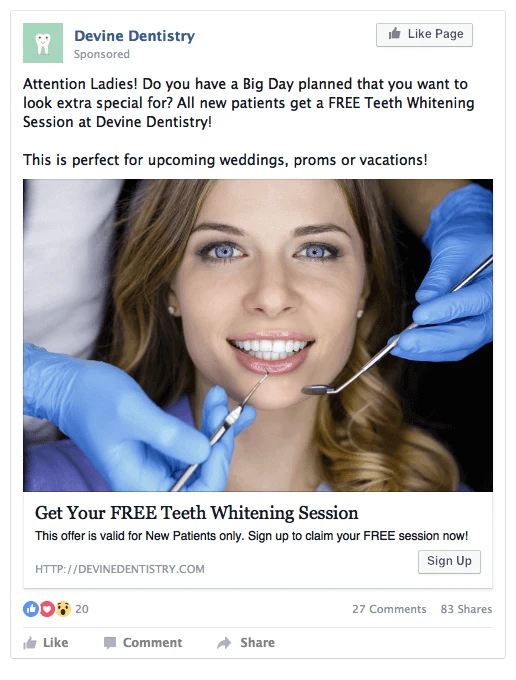
13) Video Ads
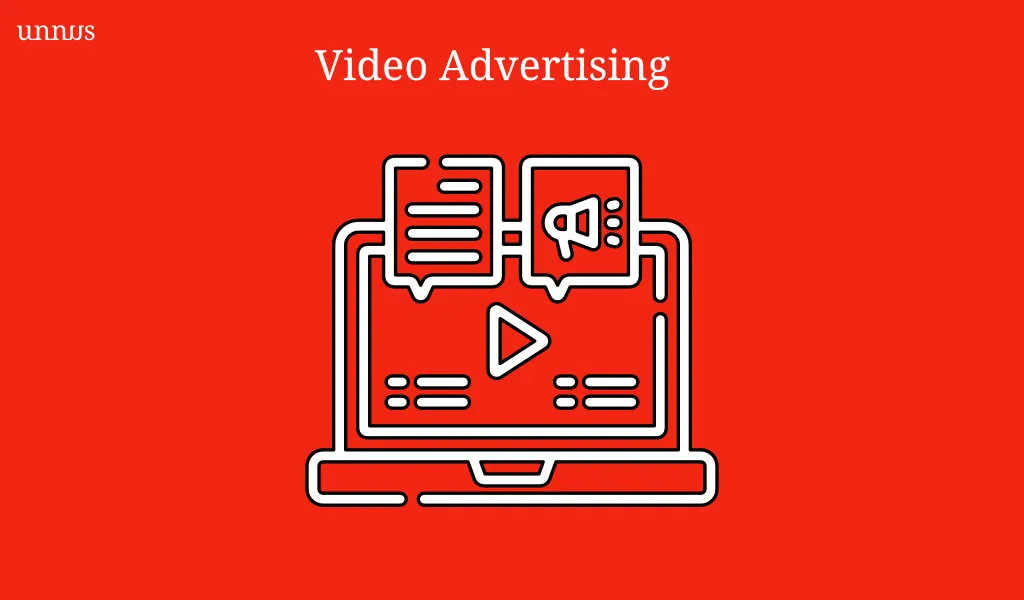
I would be remiss if I talked about text-based ads without mentioning their counterpart, video ads.
According to a recent marketing report Animoto Company, video ads were the number #1 way people discovered a brand they later purchased from. And with video platforms like Youtube generating billions of hours worth of watch time (daily), video advertising is a huge marketing opportunity for medical businesses to jump on.
While video ads take more time to produce than text-based ads, they offer higher ROI and a skyrocketing engagement rate. In addition, your campaigns are 69% more likely to be consumed by your patients in a video format than they are in a text.
A great example of this is SickKids Hospital’s video ad titled “SickKids goes All In”. This ad campaign managed to result in a 21% increase in online donations and the hospital hit its best fundraising year in history with $145M raised. It’s the best example of great healthcare advertising .
14) Podcasting: Converting your podcast listener to patients
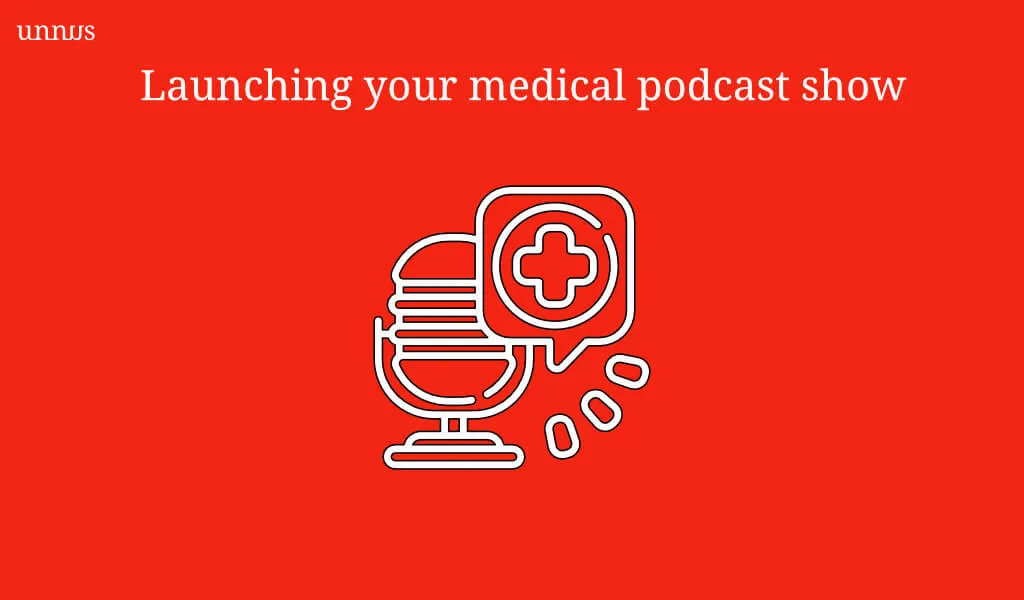
With the rapid surge of podcasts over the years, podcasting is booming right now. People are constantly listening to their favorite shows while on the bike, driving a car, or in their leisure time. With 1 out of every 5 adults in the USA listening to podcasts regularly.
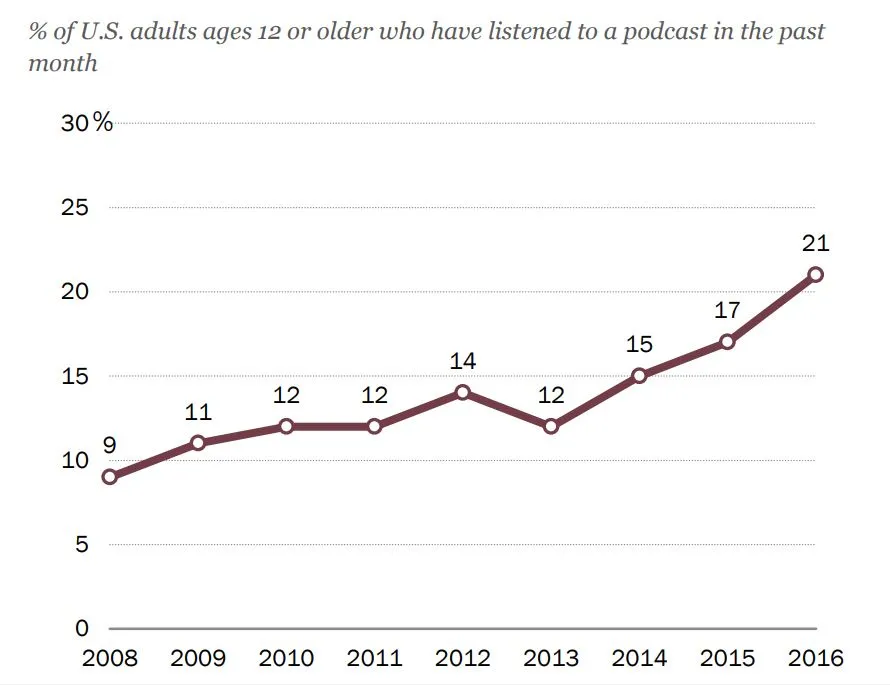
And according to an interview we did with Dr. Ernesto Gutierrez, podcasts are the most effortless medium to consume. This is exactly what makes it perfect for practice owners and healthcare brands to get in the ear of their audience.
But more importantly, it’s the easiest marketing channel to drive patients from.
Here’s why:
- It’s easy to set up and don’t require too much hassle as oppose to producing ad campaigns and social media publications
- It provides your patients a feel for the “living brand” through audio content
- It’s the most inexpensive channel when it comes to marketing
- It’s easy to syndicate episodes into other forms of media. You can make one episode and then turn it into a blog articles, social media posts, snippets, and so on…
- It’s time-saving and requires only 20-minute to 1 hour a day from the host.
- It makes it easy for patients to consume your content and interact with your brand.
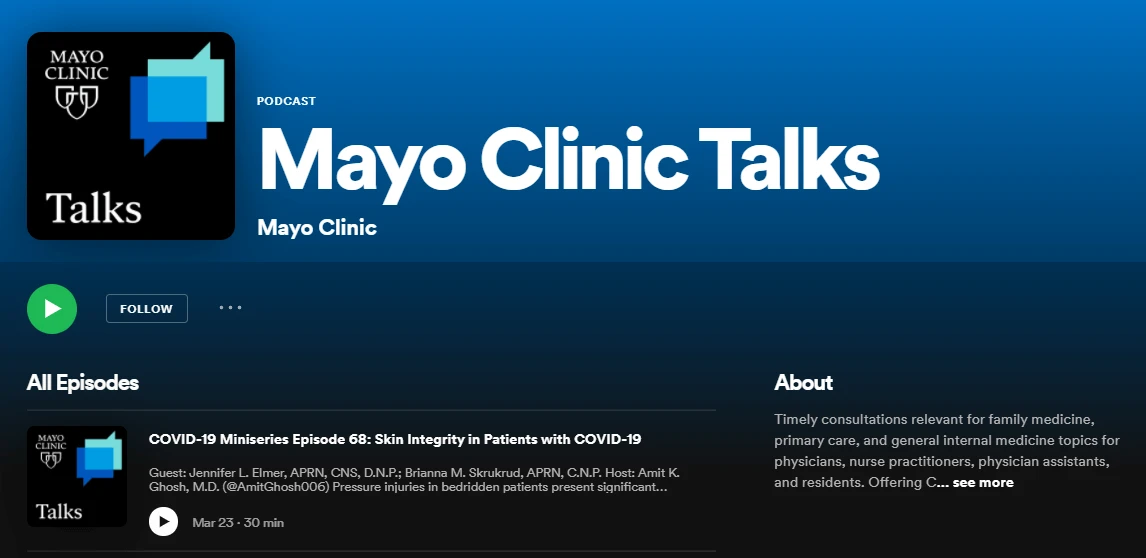
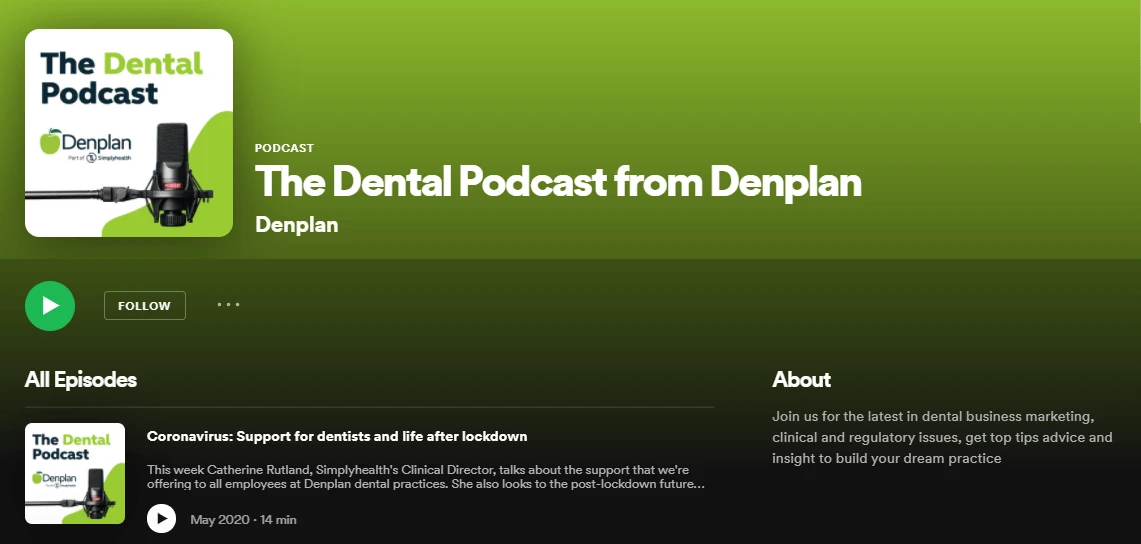
15) Podcasting: Guest Tour Strategy
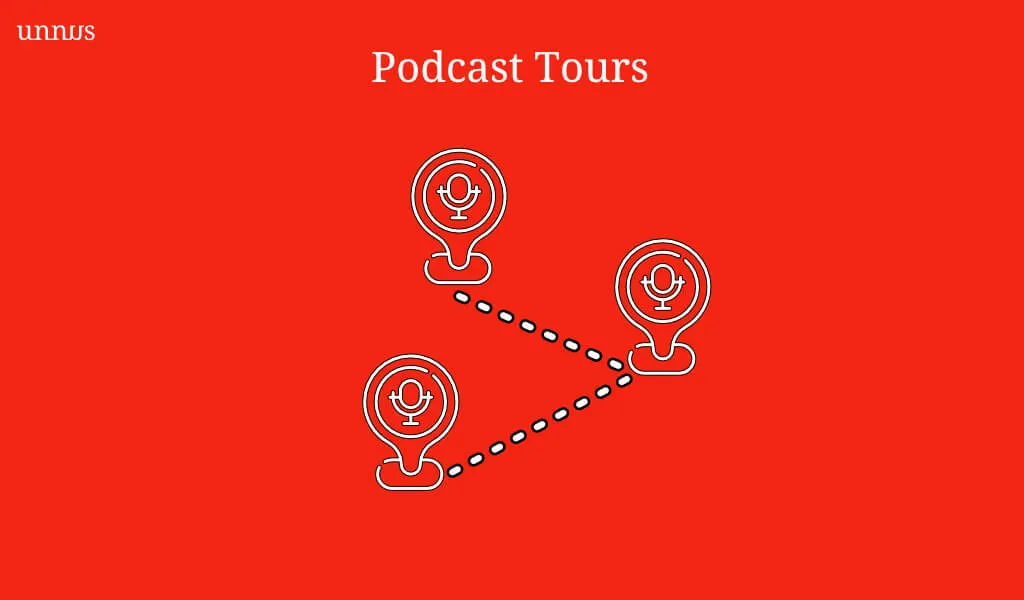
This strategy works well for small practice owners - if you’re a hospital executive or you own a multi-location clinic, you can skip this part
An alternative to launching your medical show is to be on others’. The premise of this strategy is to be a podcast guest on popular health-related podcasts and build your authority and traction that way. Hence the name Guest Tour.
With 20-30 minutes each day, you’ll sit in front of a large audience without too much effort on your part. This can be an option for you if you’re too busy to create a show or if you can’t outsource podcasting.
And depending on the podcast you’re a guest on, you can pitch your care services to the audience. For example, let’s say you’re an audiologist and want to market your audiology practice . A podcast related to the senior living communities will be great to be guest on. That’s because the audience might be interested in your hearing loss care services. This way you can pitch your services to the listeners and direct them to your office.
The one thing to keep in mind is that you should always pick a show where the audience is receptive to your care services, it’ll be a great way to start building consistent leads.
16) Expand your referral sources using these strategies
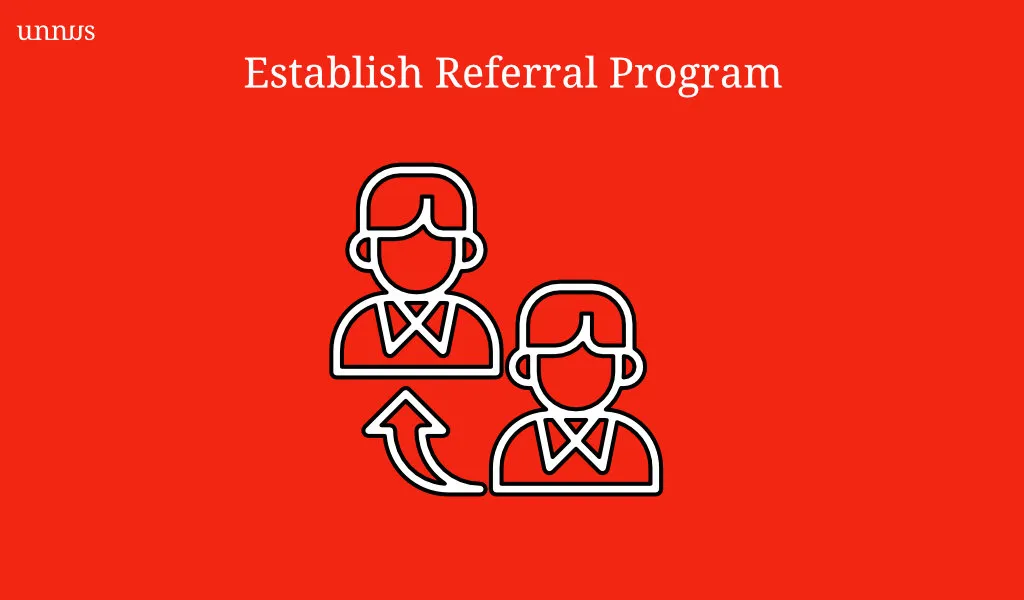
Referrals still are one of the cornerstones of a thriving medical business. After all, 1 out of every 3 patients is referred to another doctor each year. And to get the most out of your network, establishing a referral program is a must.
However, sitting and waiting for referrals to increase is a long-gone phenomenon. If you’re planning to soar up your referrals rate, you need to be proactive about it.
There’s a lot of ways to start your referral program, but I’ll share with you the most efficient.
#~1) Increase your referrals using a podcast networking strategy
Podcasting is the best networking hack. A great strategy for this is podcast networking. The goal of this strategy is to expand your network by interviewing potential referral sources (other physicians) and nurture your relationship with them through podcasts.
Here’s an outline of this strategy:
- → Launch your brand’s or your podcast
- → Identify potential referral sources
- → Invite other medical professionals as guests in your podcast
- → Build relationships with them using the podcast as a proxy to talk and chat
- → Keep nurturing the relationship between your podcast guests and exchange referral cards.
This way you can expand your network while at the same time building an authoritative podcast that can be used as a way to attract patients.
#~2) Utilize the law of reciprocity to increase patient referrals
The law of reciprocity is when someone does something nice for you, you have a psychological urge to return the favor. Using this simple relationship-building tactic, one of my friends Dr. Christopher Phelps is skyrocketing his referral rate by 70%.
The strategy is simple: by offering “incentives” or a surprise gift for your patients, they are 10x more likely to refer their friends and families to your facility.
Providing people with unexpected gifts will promote rapport and send trust signals to your patient base. You can also do the same for your colleagues and other medical professionals. This strategy is all about nurturing relationships with your referral sources.
it is illegal to receive financial compensation or “kick-backs” from other doctors’ exchanges for referrals according to Stark Compliance Law.
17) Event Marketing
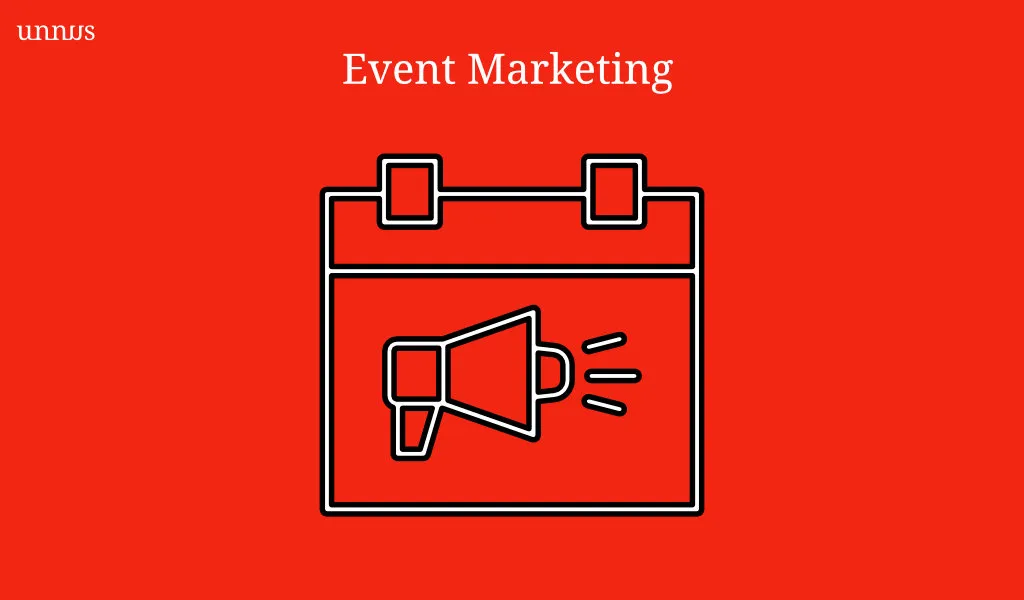
Event marketing is the promotion of your healthcare brand through in-person interaction. There are many forms of this strategy so let’s dive into some of them.
#~ Sponsoring a community event
Sponsoring local events or educational meetups can be a great way to educate people about your care services and what it provides. For example, if you’re a nursing home facility, you can sponsor an educational event that informs your community of what difference your brand is making and the variety of senior care services. This way your event achieves 2 goals:
- First, you educate the people about what your brand does differently and how it benefits them.
- Second, It builds awareness of your brand and further increases its sphere of influence.
Community events also highlight the need for your care services and can trigger action from your audience to choose your brand as their to-go-to choice.
#~ Conducting local health seminars
Seminars are conducted in a smaller and more focused place and it allows a better educational experience for the attendees. This strategy is more feasible for smaller medical practices and can be a huge opportunity for you to inform the attendees about your brand and how it can benefit them.
Seminars also build credibility and establish your healthcare brand as an authority in the field. This mix of trust-building and patient education are the two pillars of growing your medical business and attracting more patients to it.
18) Hosting patient webinars
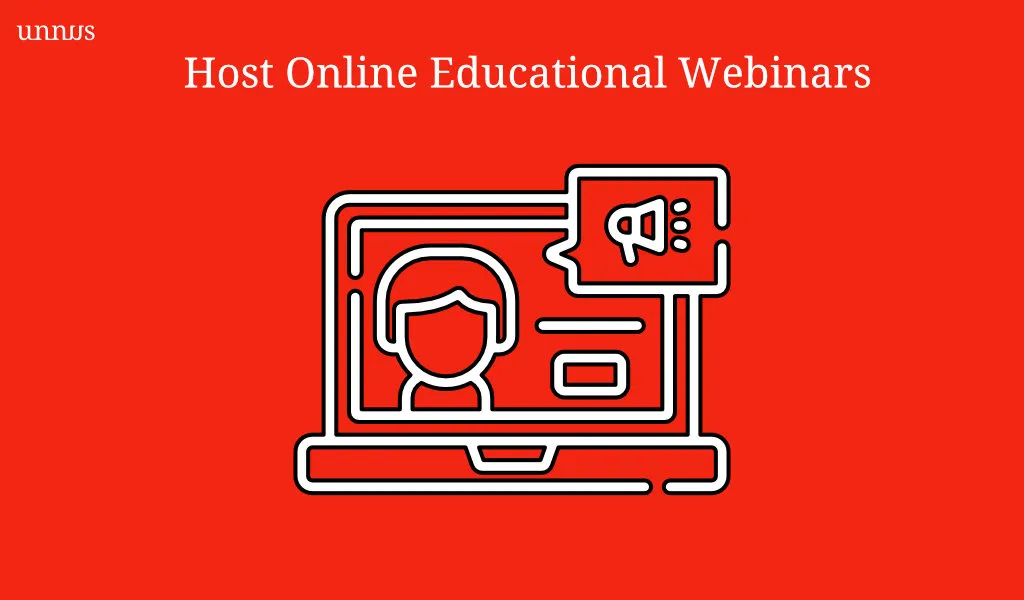
Given the current situation with Covid-19, hosting a seminar and local community events might not be viable options as of yet. However, there’s a powerful alternative to the physical events: Webinars.
Webinars are online seminars conducted virtually and from the leisure of your home or office. It’s an opportunity to start hosting health-related virtual events and educate your audience online. Webinars can also be a great way to attract patients and offer them some of the care services that you might be able to deliver online (like telemedicine) or on-site.
19) Cross-Promotion Marketing Strategy
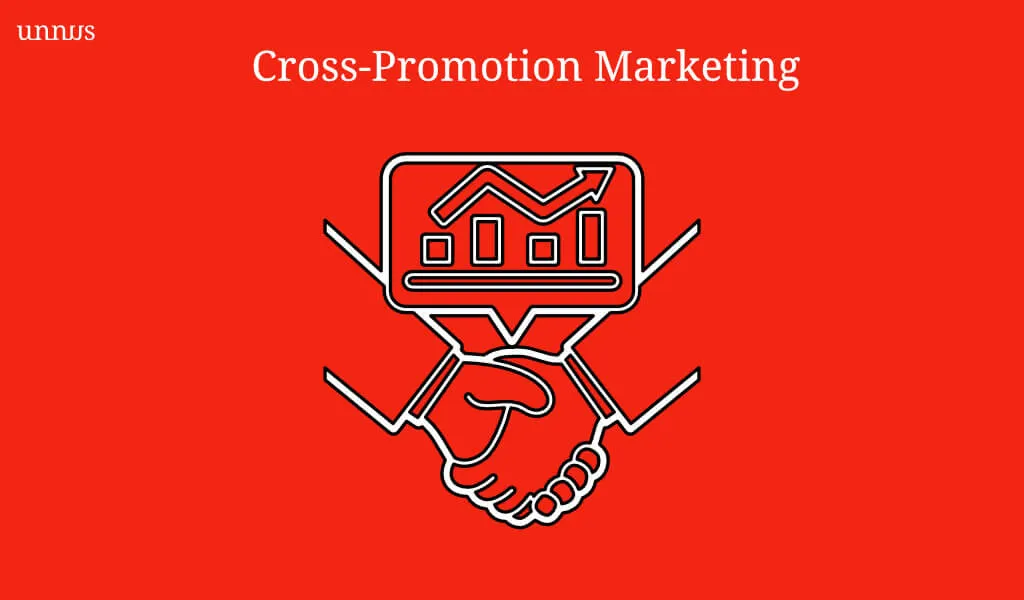
Cross-promotion strategy is about teaming up with a non-competing medical brand to better serve the same patient. For example, if you’re a hospital that has certain patients that are better suited for hospice , you might recommend referring them to your hospice agency partner. Or if you’re a plastic surgeon you might partner with a cosmetic dental doctor etc.
Let’s go over the tactics of a cross-promotion strategy
- Recommendation letter
- Each partner sends a mailing letter in which they recommend the other’s partner services and how they can further improve their health experience
- Email promotion
- Each participant sends an email campaign to inform your subscribers about your partner’s services. this way leveraging both audiences
- Launching a cause campaign
- This tactic revolves around creating a campaign that highlights the cause you and your partner are fighting for. Perhaps you and the brand you partnered with are determined to increase the safety of your community through educational care? So, a campaign that focuses on this cause can build awareness for both parties.
- Referral Funnels
- This is a great way to leverage your existing patients and refer them to other doctors in exchange for a patient back to your office. Once you have done this healthy back and forth referral program, it’ll be a sustainable patient acquisition funnel.
- Joint Online Promotions
- Here both participants promote the other’s brand in their online community. Partners might even consider creating a “Joint” website that features both brands and direct website visitors to each other’s office location.
20) Multi-Channel Marketing
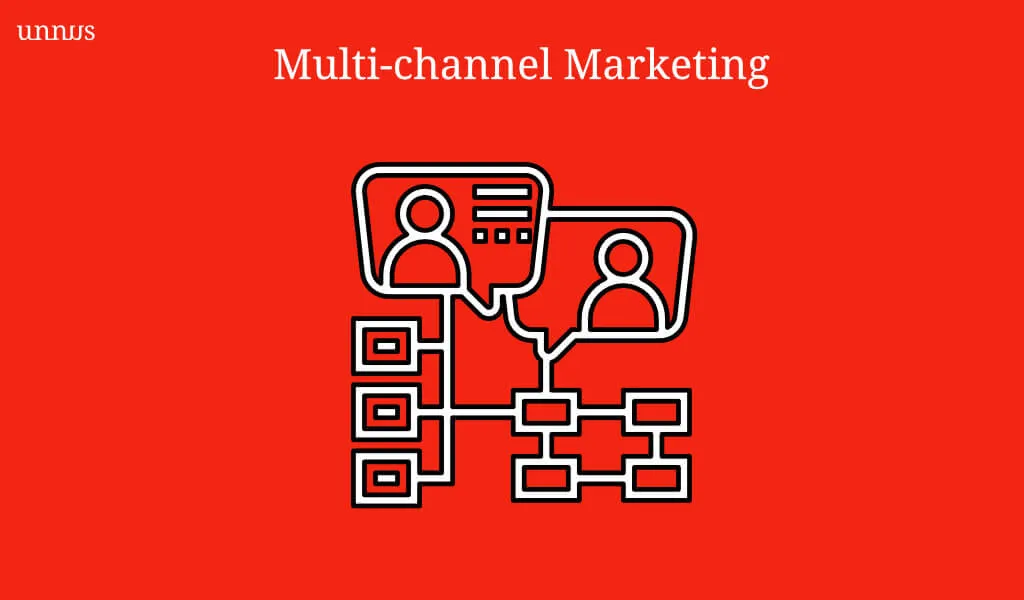
According to a recent study by Linkedin, 86% of senior-level marketers think that it’s important to create a cohesive customer journey across all touchpoints and channels. And for this reason, multi-channel marketing is a great way to add a holistic experience for your patients.
Multi-channel Marketing is the discipline of utilizing multiple marketing channels across all of your patient contact points with your healthcare brand. This strategy ensures that your message is equally distributed across all of your marketing outlets.
Which in turn, lets your medical brand have a foot at many doors and your business will be always on top of mind.
# Editor's Note
despite the clear advantage this strategy provides, it may prove to be challenging because of its “promiscuous” nature. Having more than 3 marketing outlets will require an overarching branding strategy and more marketing expenses. So, if you’re willing to adopt this strategy for your medical brand, make sure that there’s a strategy in place that glues all of your efforts together and protects your brand from getting diluted.
21) Digital Healthcare Public Relations
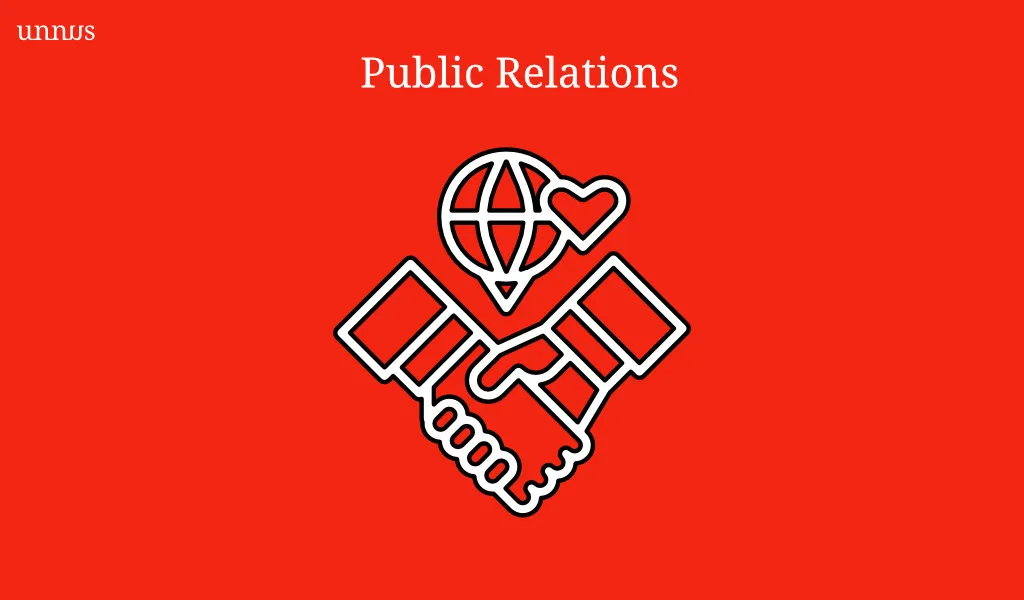
Digital PR is an underutilized marketing strategy, particularly in healthcare. Exposing your medical business online in front of a massive audience can skyrocket your annual revenue and drum up big interest in your care service. I’ll share with you some of the strategies you can implement for your brand.
#~ Feature your healthcare business in an industry-leading publication
As a medical professional or healthcare brand, getting featured in healthcare-specific publications arms you with a huge advantage. And while these medical publications might not be well known as the Times magazine, they offer you a huge readership that could be interested in your brand.
A great example of this strategy is Dr. Marchbanks. He regularly publishes articles in magazines such as The Blogging Doctors while at the same time promoting his clinic.
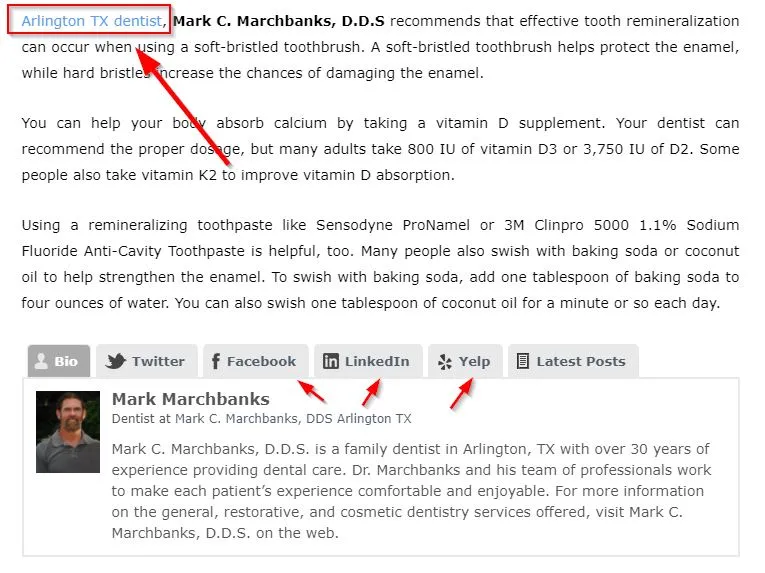
That links lead to a page where readers can book an appointment.
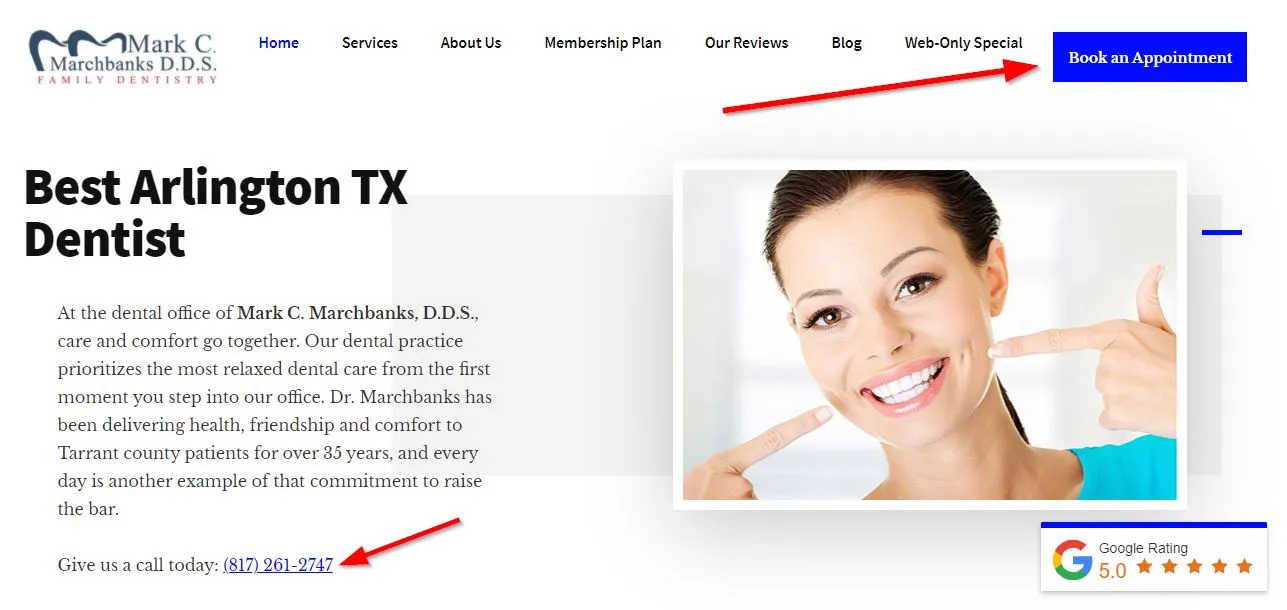
#~ Sponsor an influencer
Another great way to gain traction is to build relationships with industry influencers. These are people including journalists, authors, or social media celebrities with a huge following.
An example of great influencers in healthcare is Dr. Sandra Lee with a following of over 7 million subscribers and more than 3 billion channel views. She shares common skin problems and cosmetic solutions with her audience. With this in mind, it would make sense for healthcare companies that are in the dermatology surgery industry to build relations with her.
# Stats
92% of consumers trust influencers more than ads or celebrity endorsement
#~ Press Releases
Press releases are another great opportunity to add to your healthcare PR strategy. The great thing about the press lies in its convenience. A single press release that has all the documents with all information needed and core facts about your healthcare company.
Make sure you have news your audience (and the media’s audience) will care about. This will dramatically skyrocket the odds that your release will earn coverage.
22) Print Advertising
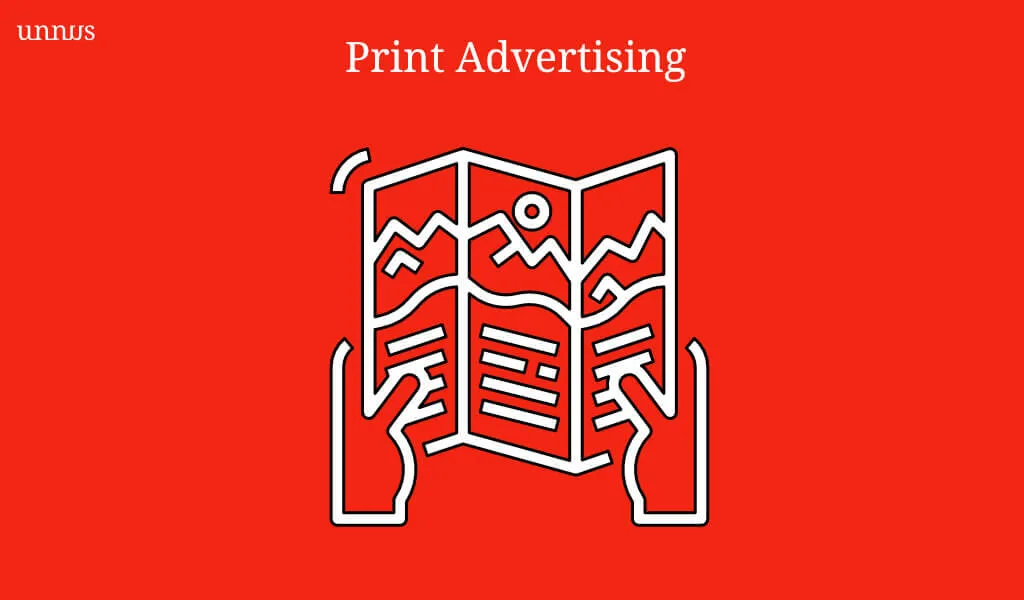
Despite the myths that print is dead, it’s still the biggest contributor to customer engagement according to Nielsen research firm. Not only that but the MNI Media study showed that baby boomers and GenXers read about 9.2 magazines per month.
But that’s not all, a recent study done by Temple University, showed scans that print ads lit up the “purchase intent” area in the brain more than digital.
Moreover, subjects spent more time engaged and induced more positive reactions towards physical ads, which made print more memorable and entertaining as opposed to digital.
While we should acknowledge the boom digital advertising gained, we must not forget about the unattained benefits that print can offer to your marketing strategy.
And because most healthcare brands are trying to hop on the digital ad wagon, mixing your marketing efforts to include print advertising may work as a differentiator for your brand.
This alone makes print advertising a bottomless source of marketing opportunities for medical brands.
23) Television Advertising (TV Ads)
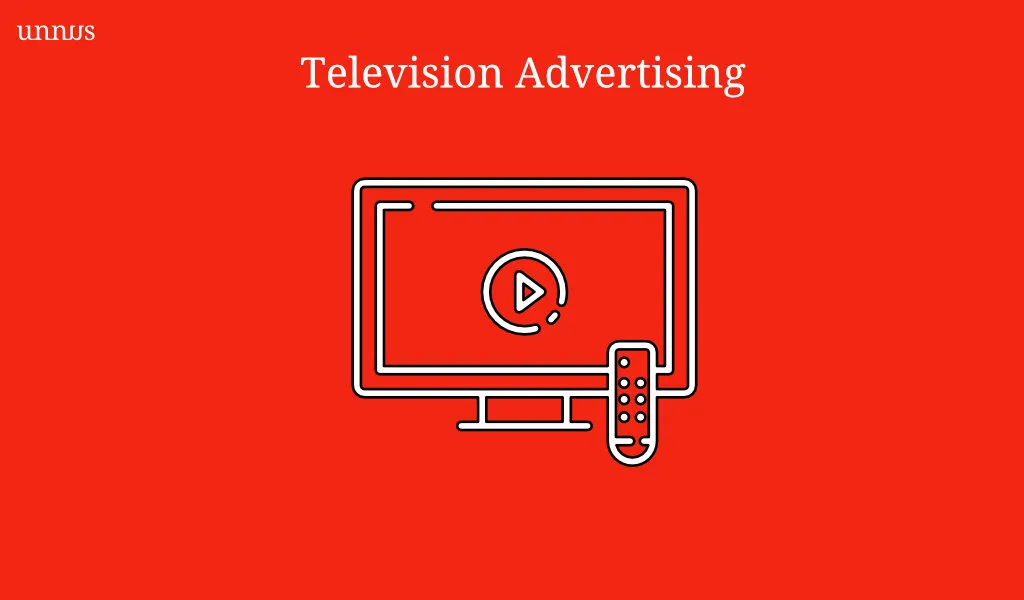
While digital advertising agencies tend to overstate the death of TV and other traditional media marketing, television is still one of the biggest marketing channels healthcare organizations use.
According to Cengage Learning, it’s the number #1 channel when it comes to brand awareness. Which makes it a channel to reach local or national-wide audiences.
But most importantly, when it comes to TV ads, they are one of the few ways that enable you to get multi-sensory attention with sight, motion, and audio priorities. As opposed to flat media like Radio that has only sounds or print with visual-exclusive attributes.
And much like Google and SEO marketing techniques, TV can reach millions of people that could fall into your target patient. In fact, TV reaches an astounding 95% of U.S consumers.
However, the effectiveness of TV advertising doesn’t lie in the medium itself but rather in the execution. Many hospitals and healthcare companies try to launch their commercials on television but only to fall flat with an almost non-existent return on investment.
Much like any art, TV ads must be well-crafted and backed by a creative powerhouse for it to be truly fruitful. An example of such powerful work is UCSF Medical Center’s ad “Redefining Possible”
24) Direct Mail

There’s a lot less mail in the inbox today. It’s no longer filled with brochures and fliers from newspapers and thanks to online billings, we’re receiving fewer billing papers.
And because Email took over, people now are bombarded with the endless daily emails that are flooding their inbox. This revolution of digital mail made Direct Mail less and less competitive. And to some extent, underutilized marketing strategy.
Direct Mail is still one of the best tactile marketing strategies healthcare businesses can take advantage of. Moreover, it’s highly effective when it comes to engaging with would-be patients.
Not only that, but Direct Mail is a highly personalized experience. You can send physical objects to potential patients that work as a reminder of your medical business. And in the overly-saturated digital world, people now are more than ever, appreciating the tangible aspect of Mail.
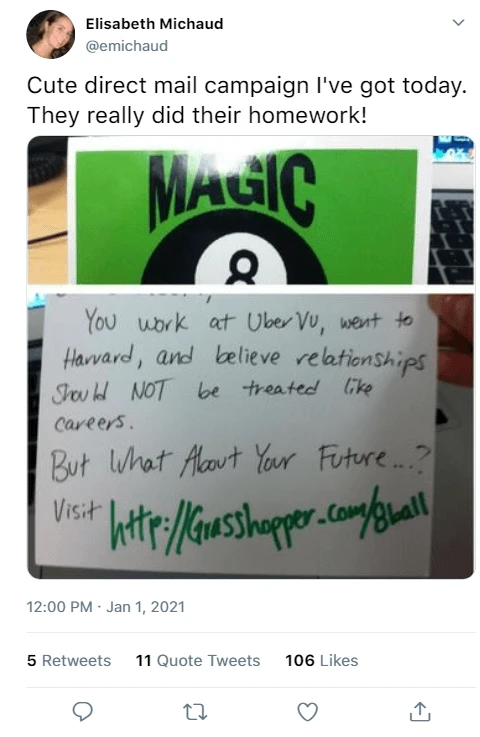
Here’s the “secret” to a result-driven healthcare marketing
Strategy without tactics is the slowest route to victory. Tactics without strategy are the noise before defeat.
― Sun Tzu
Marketing without building your brand is the same as leveraging temporary tactics that come with an expiration date.
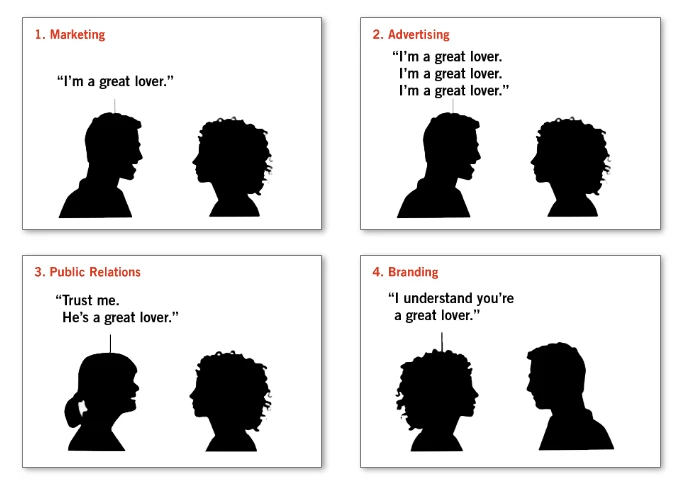
Marketing your healthcare business should build strong brand recognition to a point where your business no longer needs heavy ad expenses.
Healthcare branding is about crafting medical brands for which patients believe there’s no substitute. It’s the bedrock for your marketing effort and the backbone that glues your organization.
A Brand Strategy for your medical business will ensure that all of your marketing efforts are vibrating at the same frequency. That everything is consistent and not ad hoc, random or uninspiring.
If you’re planning to market your medical business, consider establishing a potent brand strategy with our free step by step course . This way you make sure that your healthcare business’s success is predictable and not accidental.
Or if you’d like a competent team to help you establish a charismatic healthcare brand, reach us by gently caressing this glowing text .
